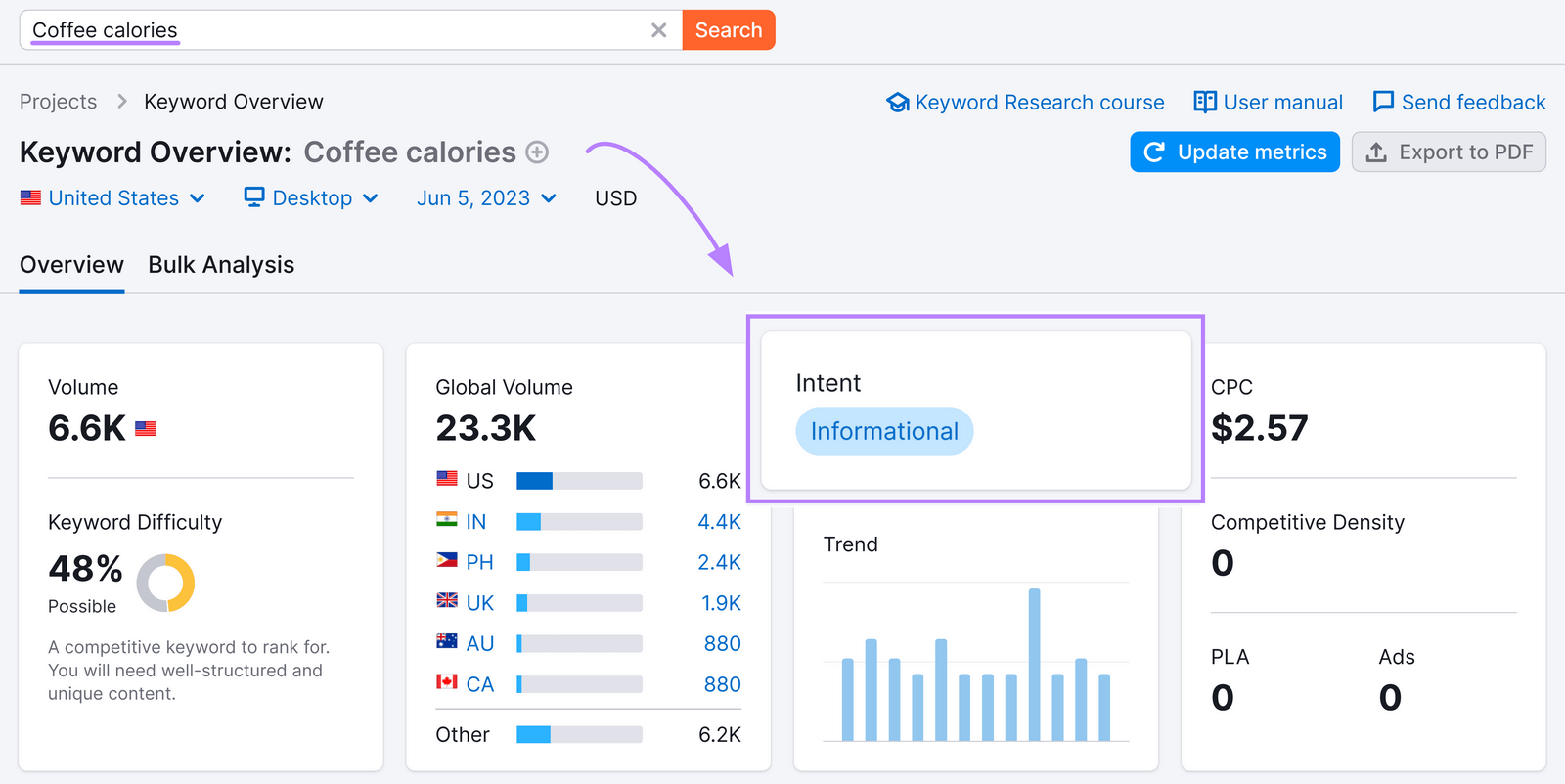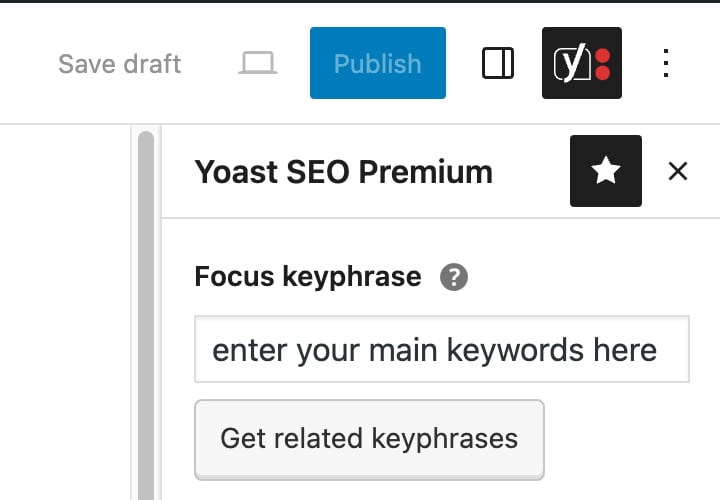What Are the Different Types of Keywords?
The different types of keywords for SEO are informational, navigational, commercial, and transactional.
That’s if you categorize your keywords based on the type of search intent—i.e., the general purpose behind the user’s search:
- Informational: Searchers want to acquire knowledge on the topic
- Navigational: Searchers want to find a specific site or page
- Commercial: Searchers want to investigate brands, products, or services
- Transactional: Searchers want to complete an action (e.g., make a purchase)
There are other keyword categories used in SEO (search engine optimization). For example, local keywords are used to find nearby products or services. And long-tail keywords are highly specific search terms.
But analyzing keywords based on intent can be particularly helpful. Because it helps you understand how to compete on search engine results pages (SERPs).
The intent type assigned to a keyword can tell you if a searcher is looking to buy something soon, shop around, or gather information.
Let’s look at each of the search intent categories in more detail.
1. Informational
Informational keywords are search queries used by people who want to learn something.
Here are some informational keyword examples:
- Coffee calories
- National coffee day
- What is the difference between cold brew and iced coffee
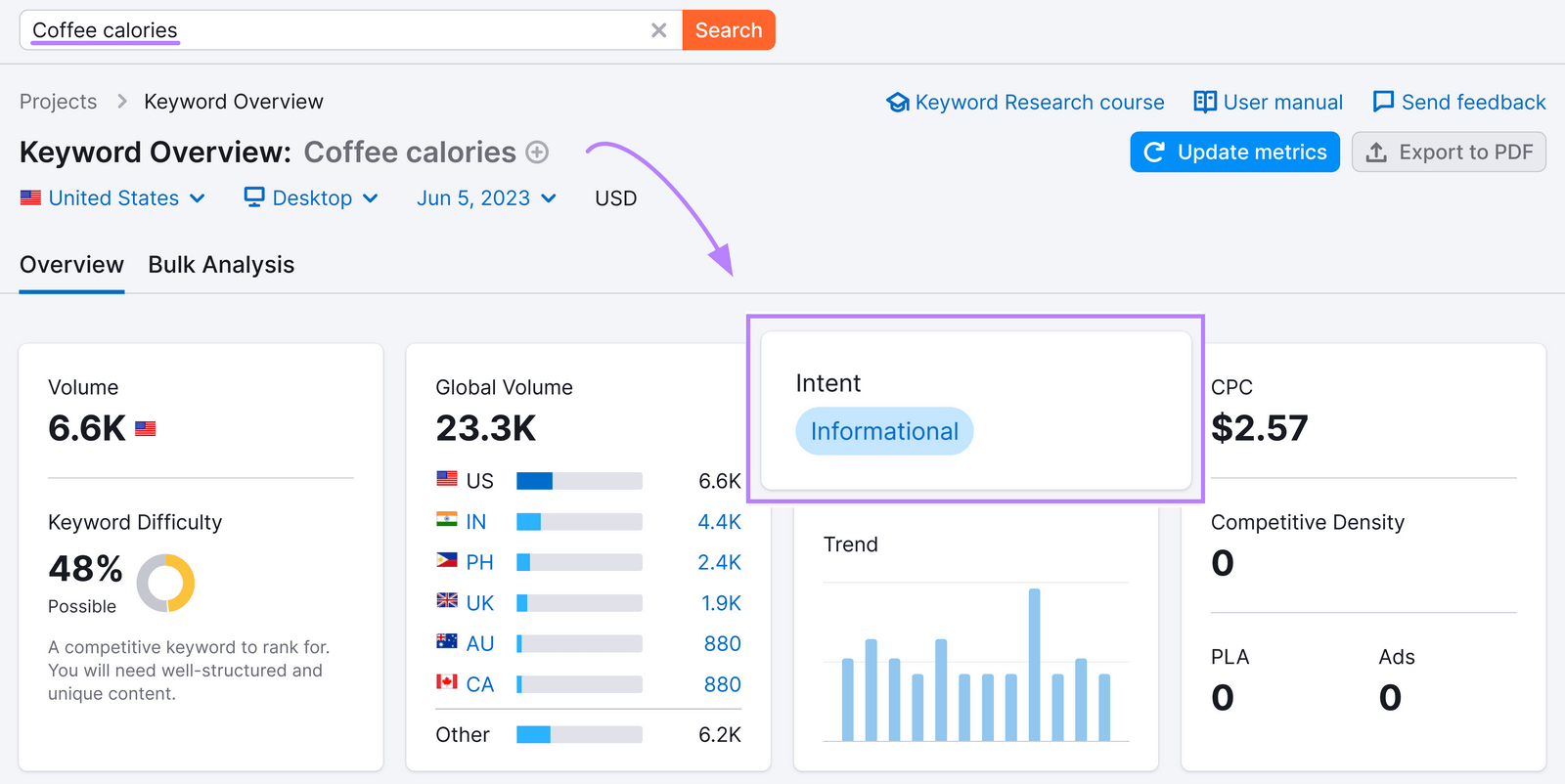
Informational keywords frequently (but don’t always) take the form of question keywords. This means they often start with “what,” “why,” “how,” and so on.
Google’s results for informational searches tend to include articles, videos, and guides that provide information on the topic that’s been searched for.
For example, the top few Google results for “coffee calories” are articles about the number of calories found in coffee:
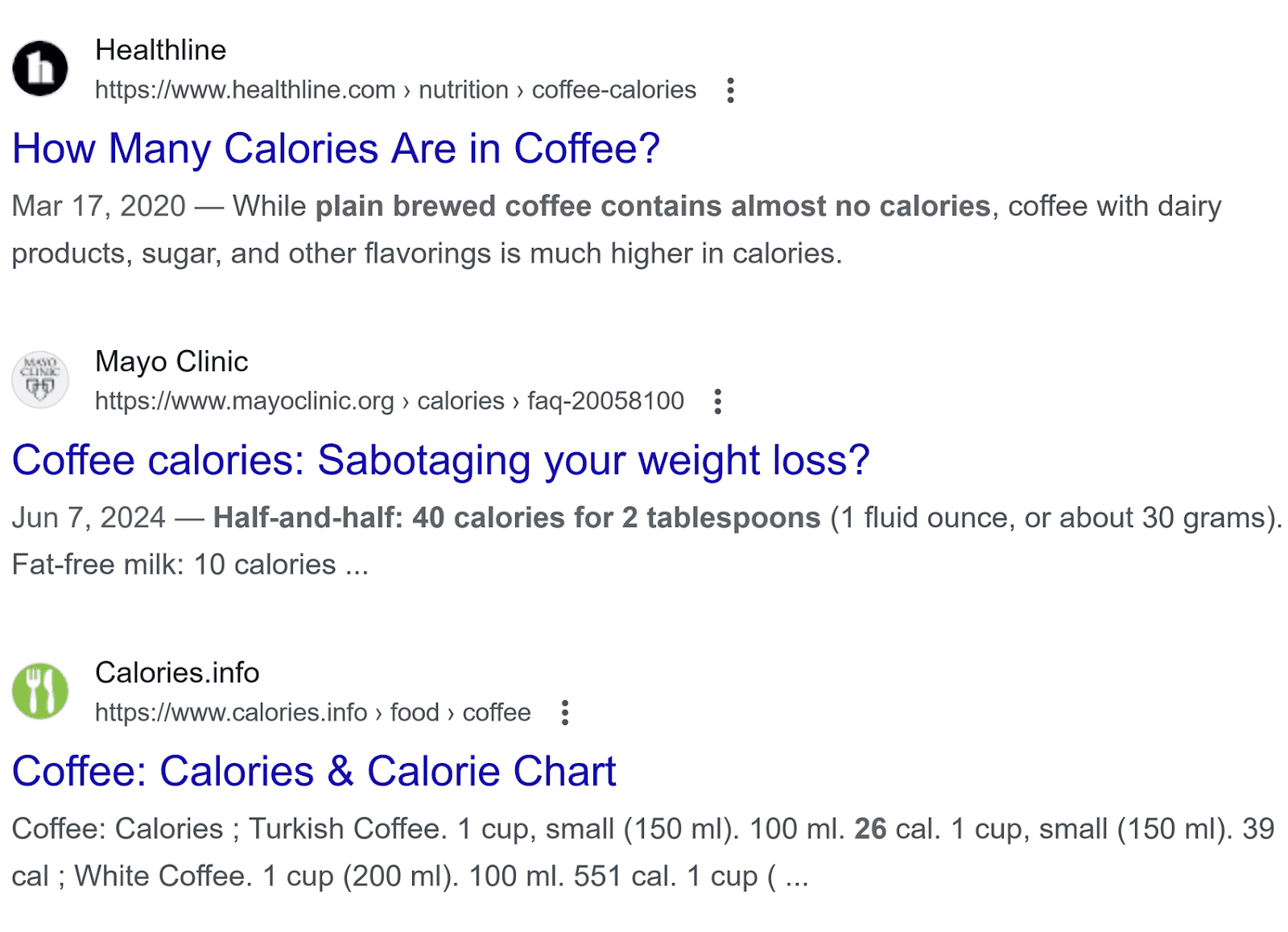
Informational searches often result in featured snippets as well. These provide searchers with quick answers they don’t have to click through to read.
For example, here’s the featured snippet for the informational keyword “what is the difference between cold brew and iced coffee”:
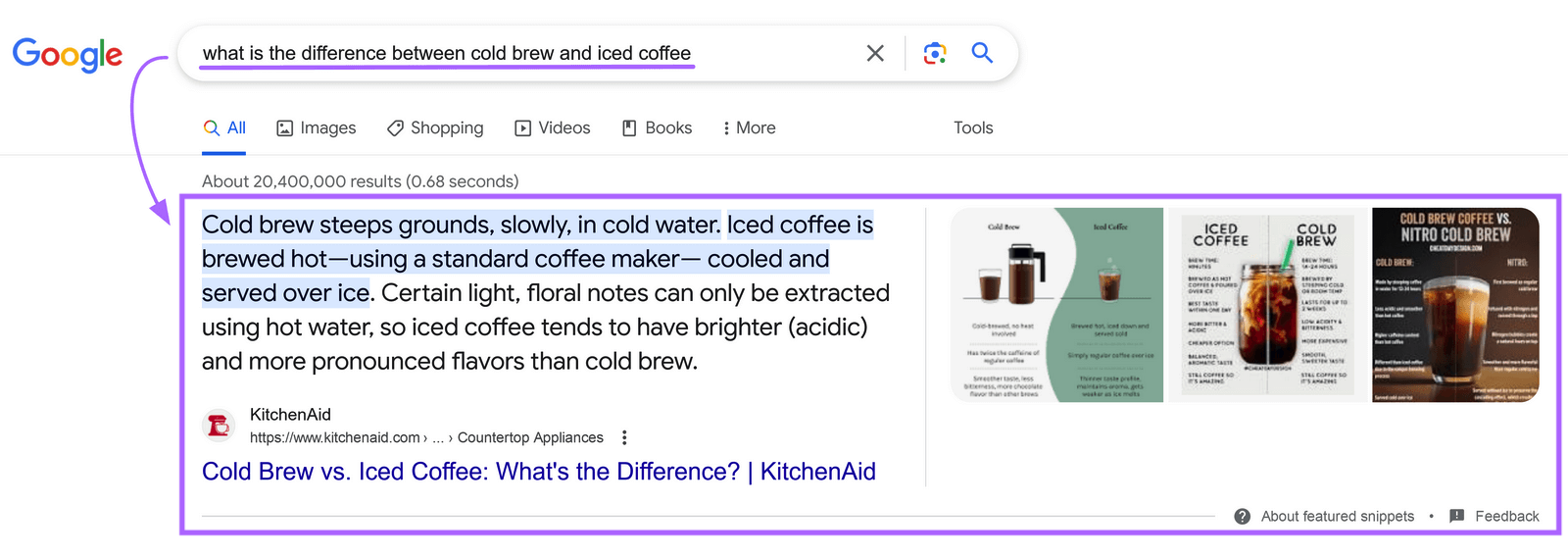
Informational keywords are usually higher in the marketing funnel. This means people searching with them are earlier in their buying journeys. And less likely to take action (e.g., make a purchase).
As a result, informational content tends to have a lower conversion rate. But it can help you build brand awareness. And become an authority in your niche.
2. Navigational
Searchers use navigational keywords to find a specific site or page.
When someone types a website or brand name into a search engine, they’re likely performing a navigational search.
Here are some navigational keyword examples:
- Youtube
- Semrush blog
- Where is angelino’s coffee located
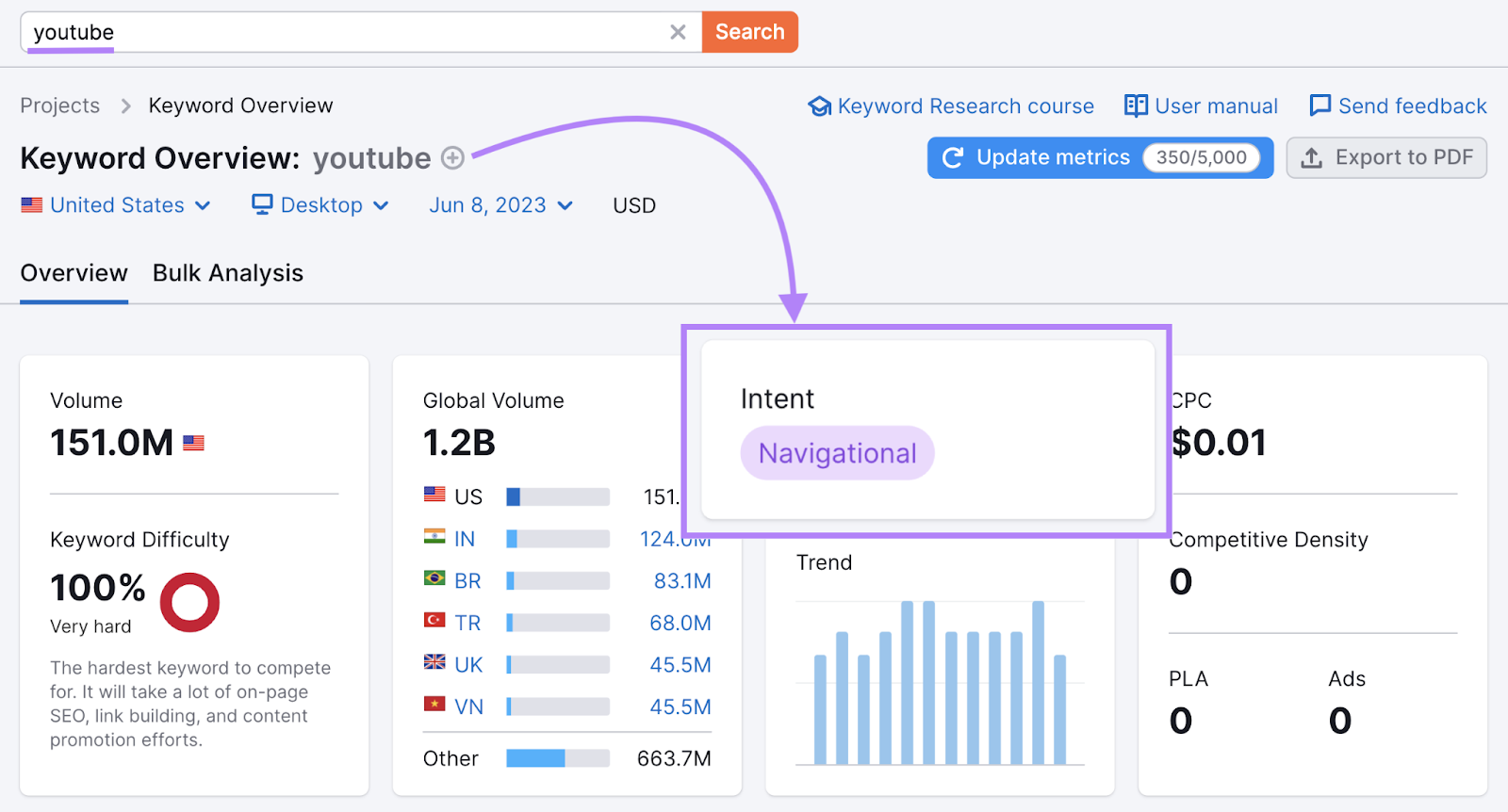
People behind these searches already know the company or product. And want to find the correct website or physical location to get to their products or services.
These keywords can be helpful sources of organic traffic when the brand or the site are well-known and popular.
You should naturally rank highly for keywords that contain your brand name.
For example, when you Google “YouTube,” the top result is YouTube’s website, with a cluster of sitelinks:
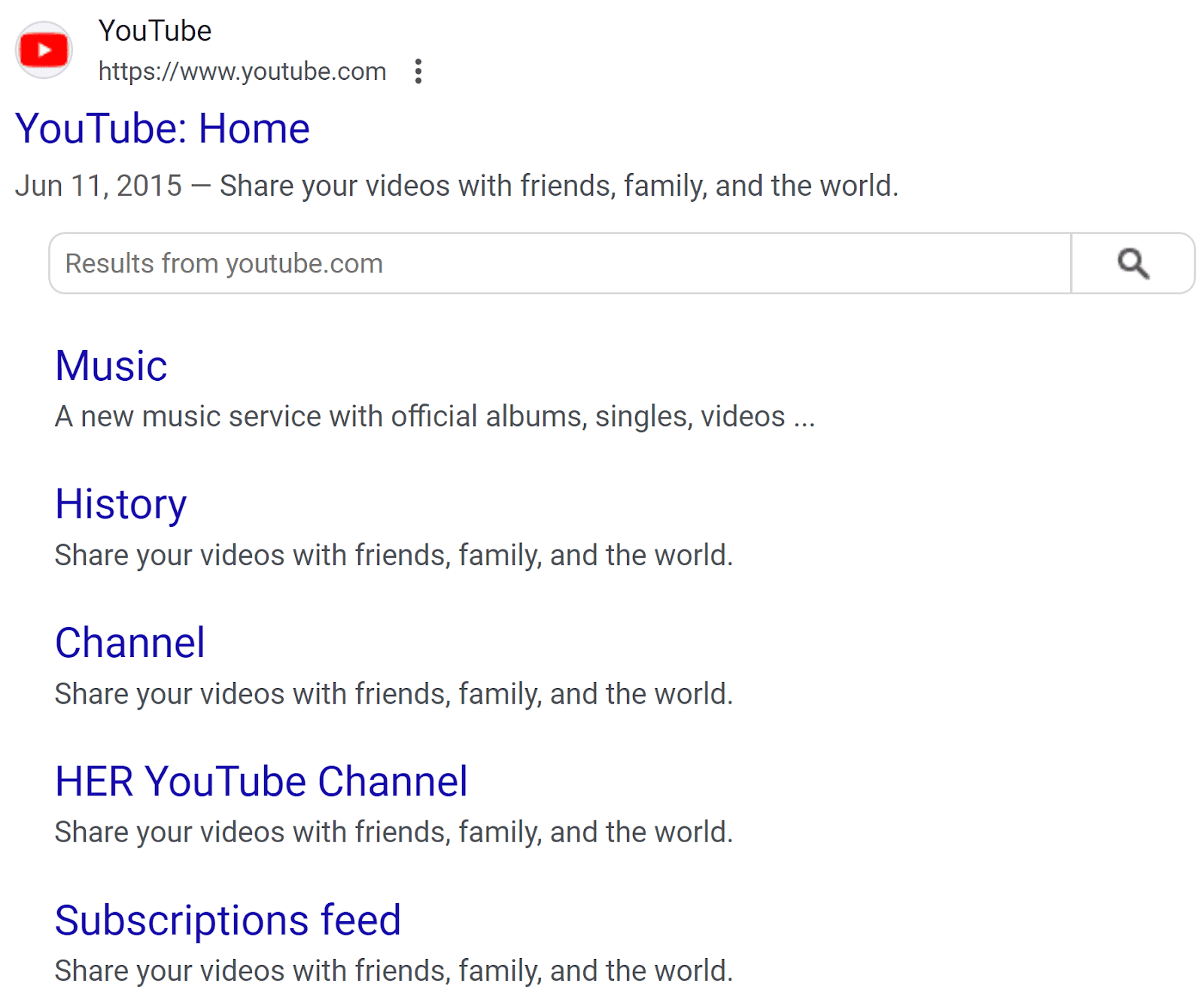
3. Commercial
People use commercial keywords to research specific brands, products, or services. They may want to check reviews, compare products, or look for discounts.
Here are some commercial keyword examples:
- Free coffee
- Dunkin iced coffee flavors
- Peet’s cold brew vs starbucks cold brew
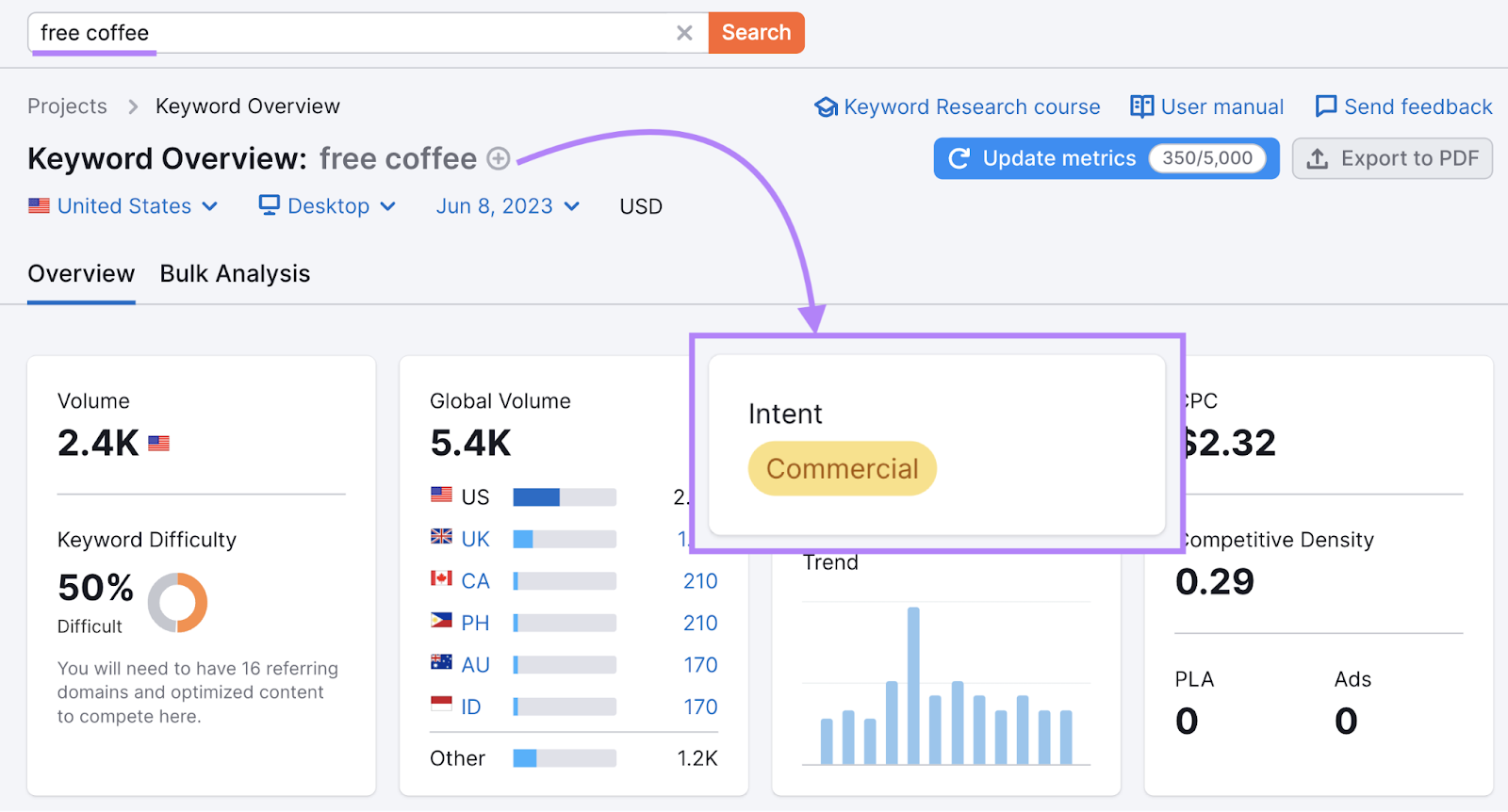
These keywords reveal a person’s intention to buy or take some form of commercial activity in the future. So they can help you to reach high-quality prospects.
You can target these keywords with comparison articles, listicles, reviews, or how-to articles. Depending on the specific keyword.
Let’s take the search query “Peet’s cold brew vs starbucks cold brew.”
The top Google result at the time of writing was a comparison article reviewing products from the two coffee chains. This would likely help users make a decision on which cold brew to purchase.
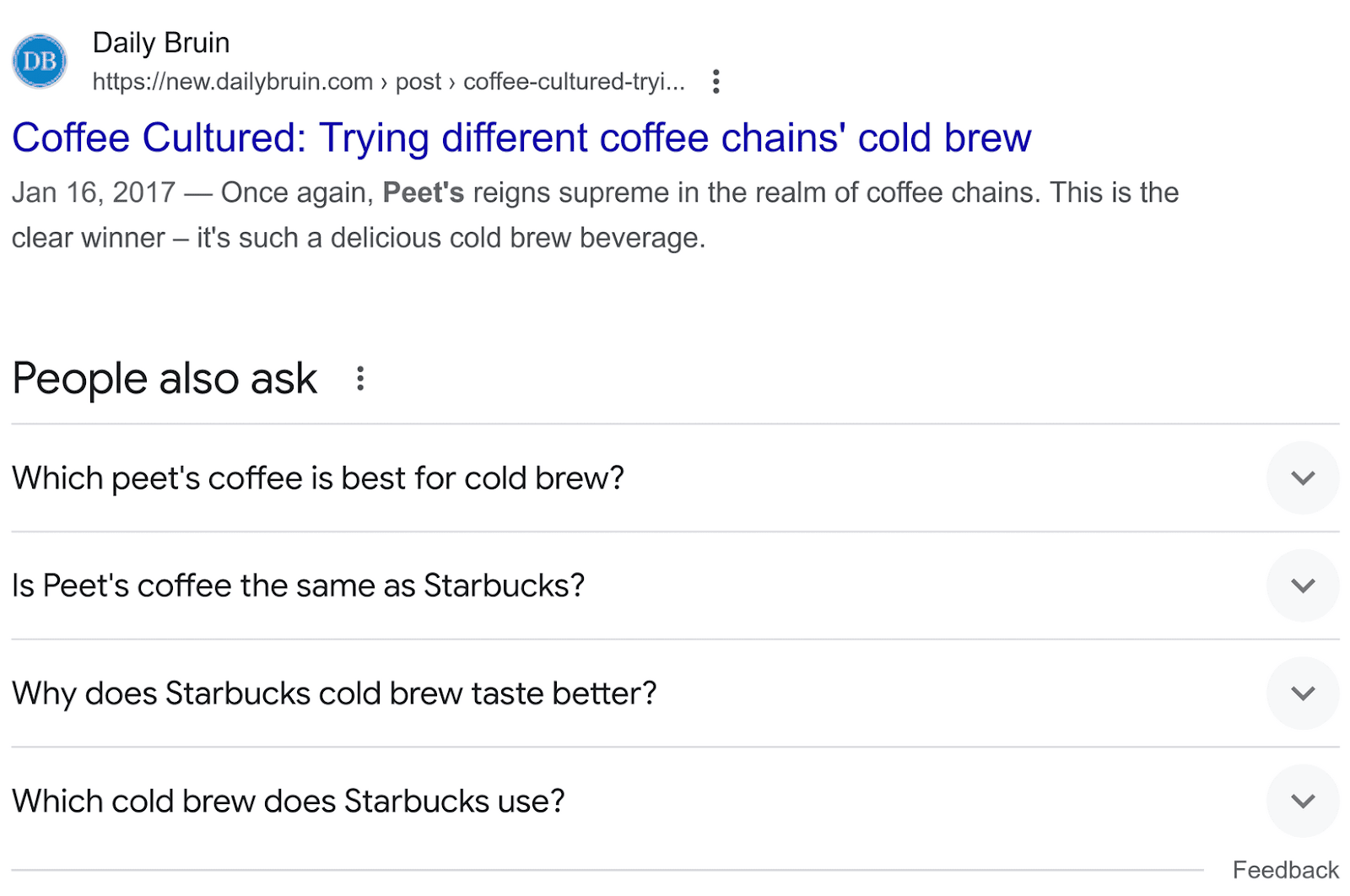
To harness the opportunities of commercial keywords, try creating high-value content that helps customers make a purchase decision.
You’ll see in the above example that there’s also a “People Also Ask” section. Answering these questions within your content will make it even more useful. And therefore more likely to rank.
4. Transactional
Transactional keywords are the keywords that show the strongest intent to buy or take imminent action.
Target these keywords with paid ads and highly optimized product pages. Or other landing pages where users can take immediate action on your site.
Here are some transactional keyword examples:
- Buy crypto online
- Sandwich places near me that deliver
- Pickup truck for sale
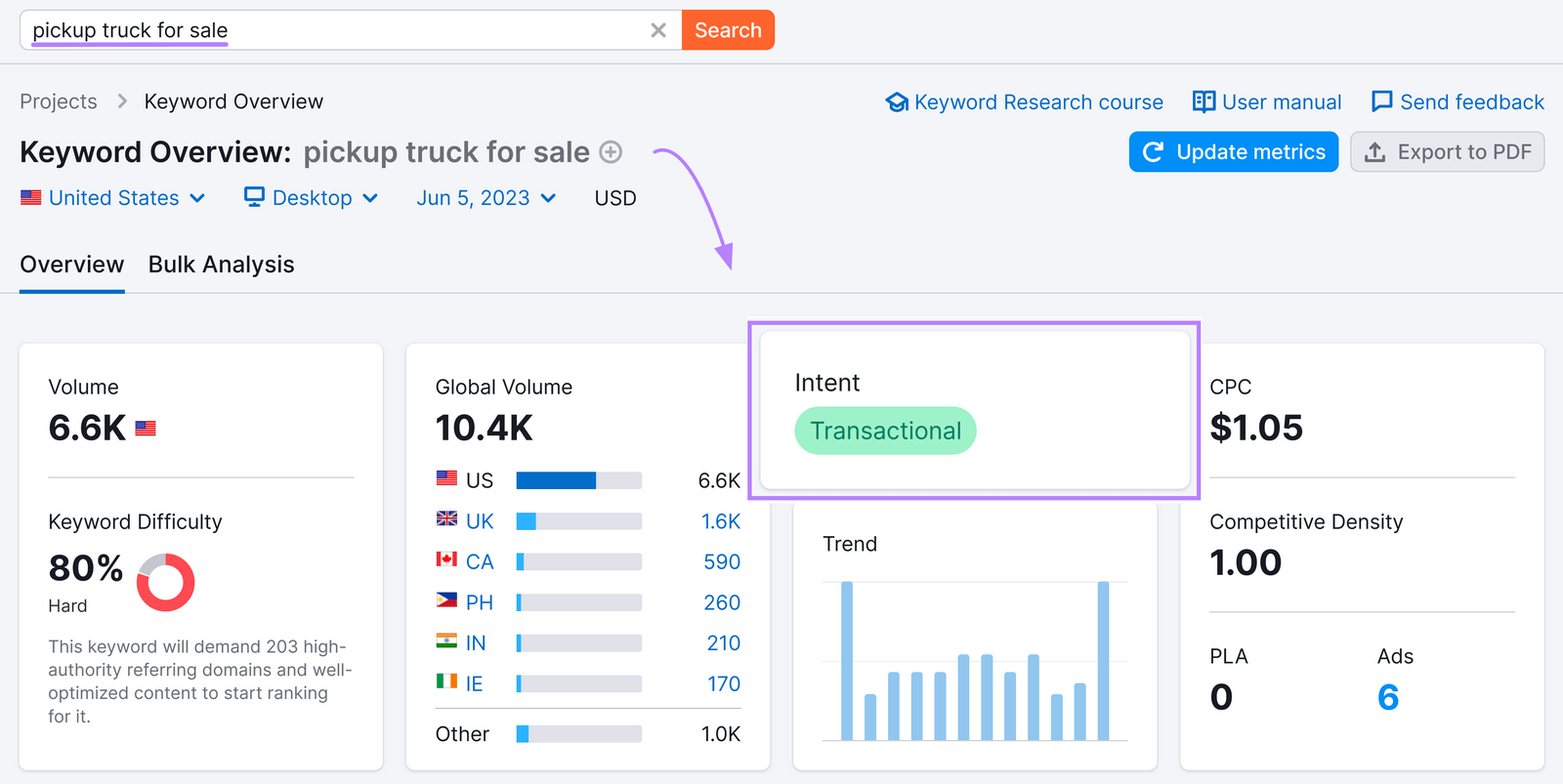
These searches often happen after someone has already searched for information, made a decision, and is determined to now take a specific action or make a purchase.
For example, Google “buy crypto online” and you’ll see that the top search results are webpages where you can buy cryptocurrency directly:

Transactional keywords often feature words like “buy,” “subscribe,” and “for sale.” So, their SERPs often have Google Shopping Ads.
Like these:
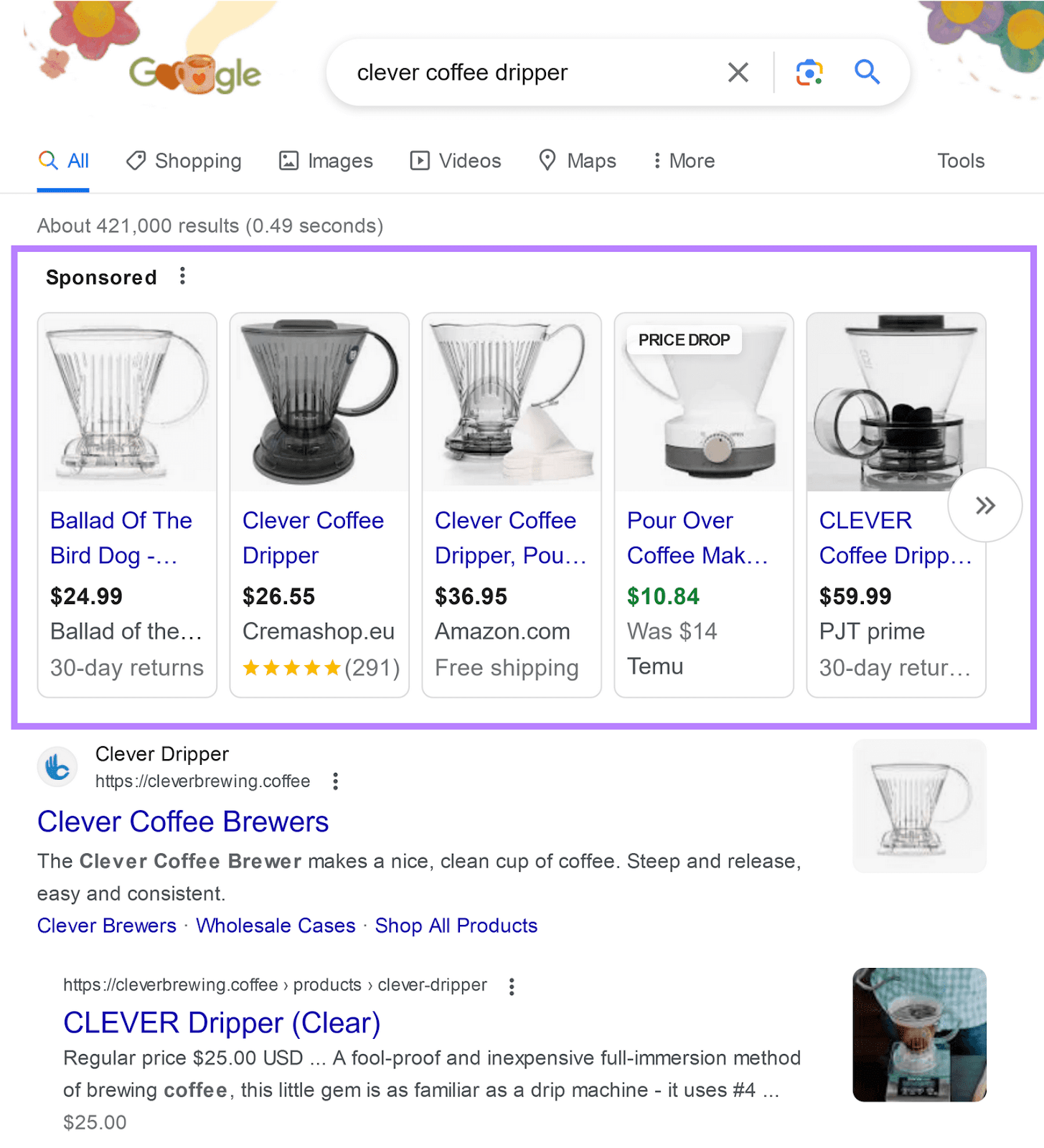
Transactional keywords are also called buyer keywords. Because they’re most likely to be used by a person at the bottom of the buying funnel. That means these keywords are highly valuable when doing keyword research and planning an SEO or PPC (pay-per-click) strategy.
As a general rule, transactional keywords describe a product or service more precisely (“neon blue unisex watch,” for example). More general keywords (e.g., “men’s watches”) fit into the commercial category.
How to Check Types of Keywords
The intent behind different keywords isn’t always obvious.
For example, are most people searching “apple” looking for information about the fruit? Or trying to navigate to the technology brand’s website?
One way to understand search intent is to analyze the SERPs to see what type(s) of results Google displays.
Here, we can see that Google predominantly ranks information about the brand. So, in the U.S., “apple” is a navigational search term.
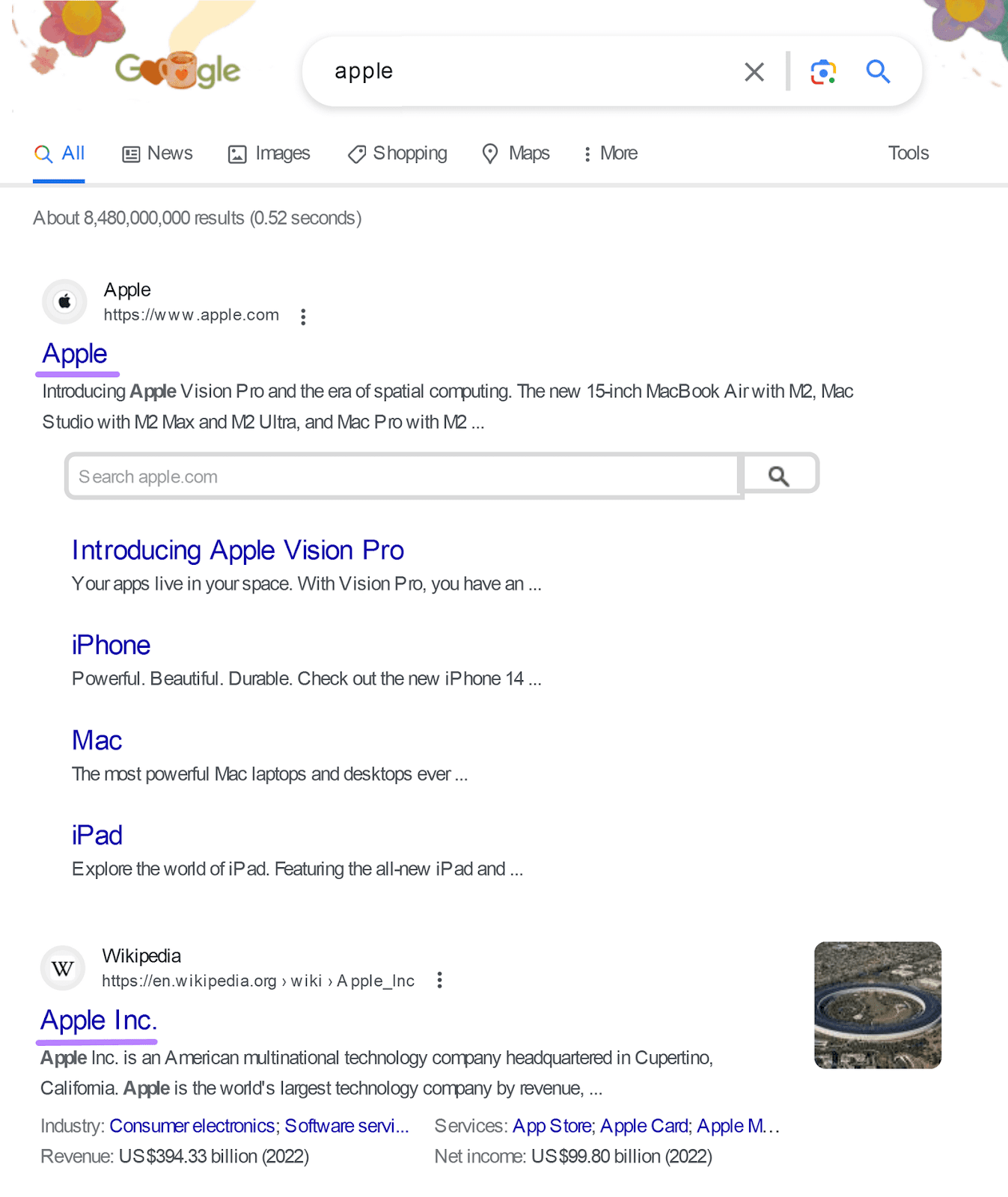
Some keywords have mixed intent. Meaning that there’s a strong divide between the results searchers want.
For example, the first page of Google’s results for “coffee beans” provides commercial and informational results.
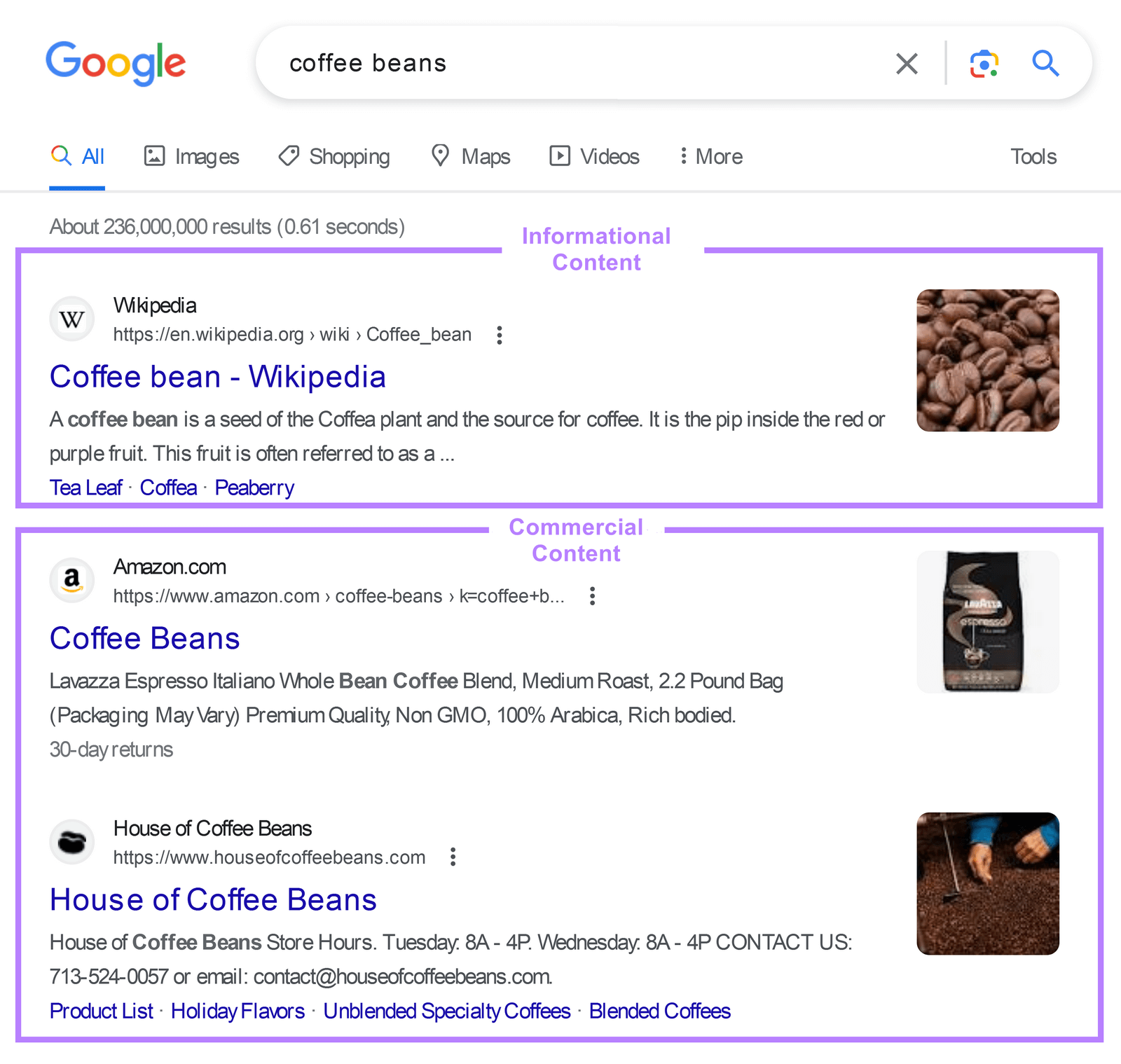
With Semrush, you can quickly reference the type of search intent keywords have. All you have to do is look for the “Intent” box or column in any keyword-related report.
The intent type might be abbreviated like so:
- I = Informational
- N = Navigational
- C = Commercial
- T = Transactional
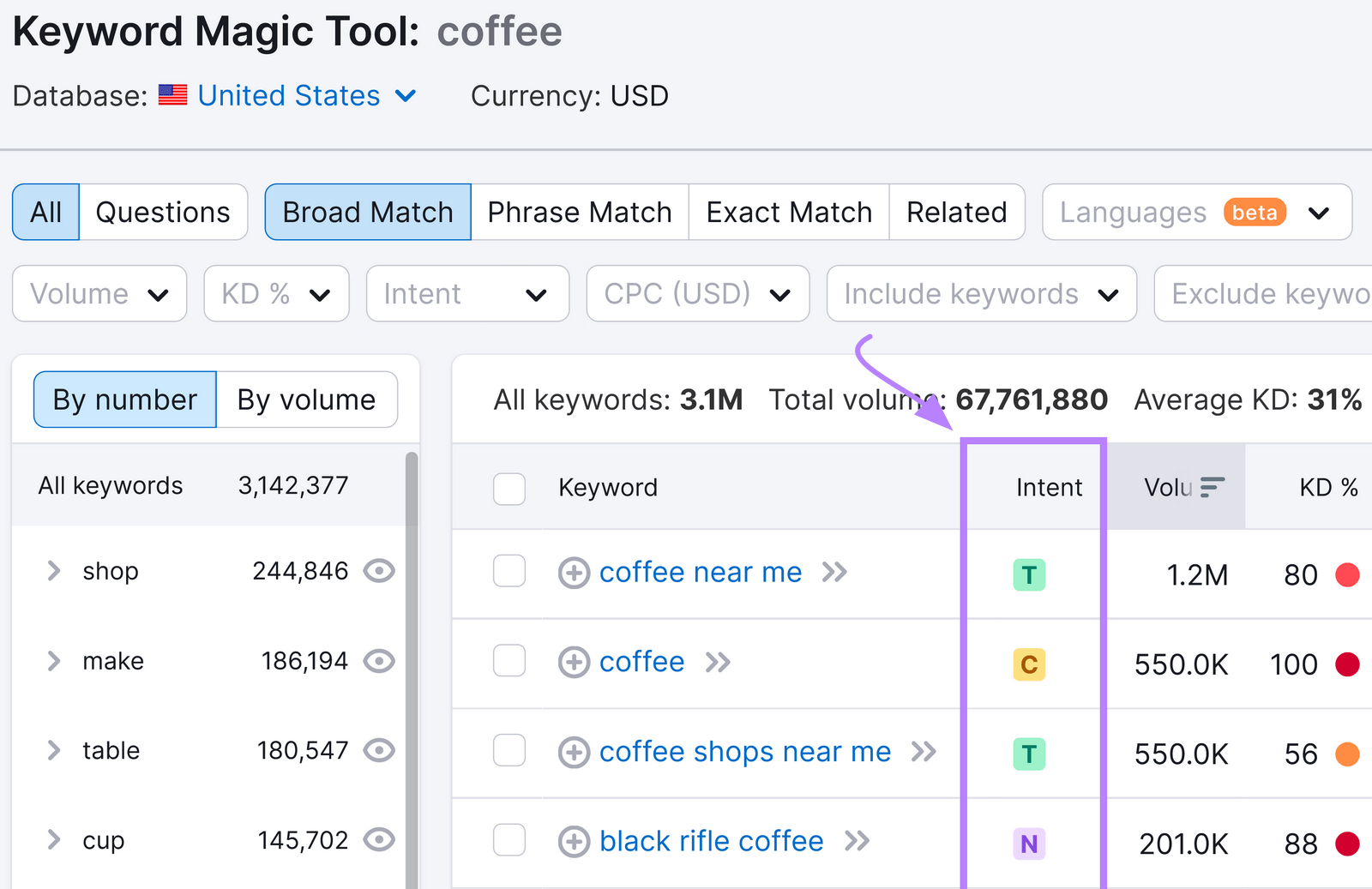
To assign an intent type to each keyword, Semrush looks into a few factors:
- SERP features in keyword search results (e.g., featured snippets)
- The presence of words in the keyword that indicate the user’s intention (e.g., “buy,” “address,” “how”)
- Whether the keyword is branded
Finding Insights About Keyword Types in Semrush
Here are three valuable ways to find information on keyword intent in Semrush:
- Check the intent of any keyword (or list of keywords)
- Analyze a competitor’s keyword intent profile
- Find keywords by intent
Keep reading for step-by-step instructions.
1. Check the Intent of Any Keyword (or List of Keywords)
Semrush’s Keyword Overview tool allows you to check the intent of up to 100 keywords at once.
Enter a keyword or multiple keywords separated by commas.
Then, select your country in the drop-down, and click “Search.”

Look at the “Intent” column to see the types of keywords you’re dealing with. (Remember that some keywords may have mixed intent.)
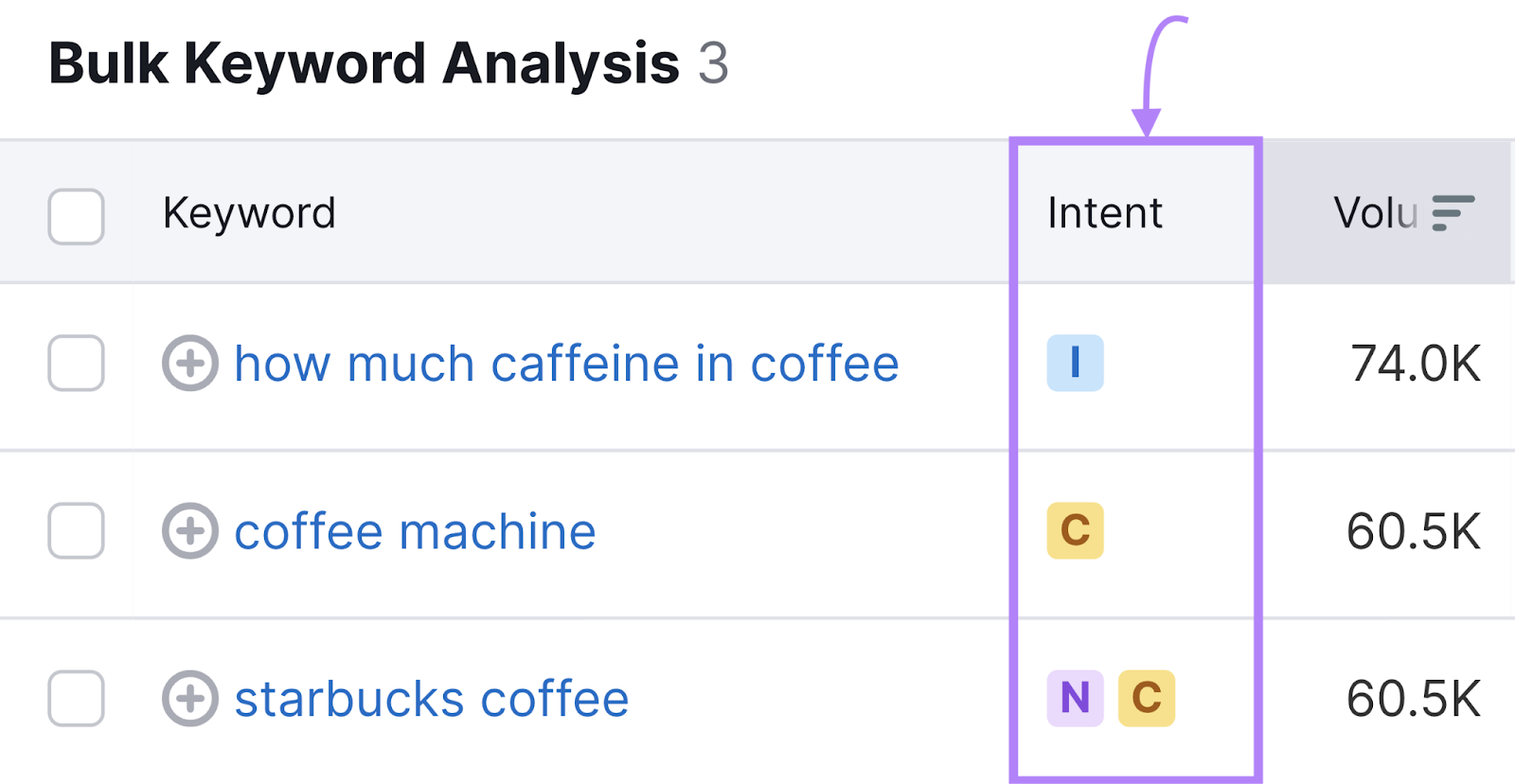
For a better understanding of search intent, analyze the SERP.
Under the “SERP Features” column, you’ll see a small icon of a screen and a magnifying glass. Click the icon to open an image of the SERP.

2. Analyze a Competitor’s Keyword Intent Profile
Find out what types of keywords your competitors rank for using Semrush’s Domain Overview tool.
Enter a competitor’s domain and choose your country from the drop-down. Then, click “Search.”

Under “Organic Search Traffic,” hover on the colored bar for a breakdown of keywords by intent.
In this example, informational category keywords represent 49.2% of the domain’s rankings. And drive an estimated 7,402,725 organic visits per month.
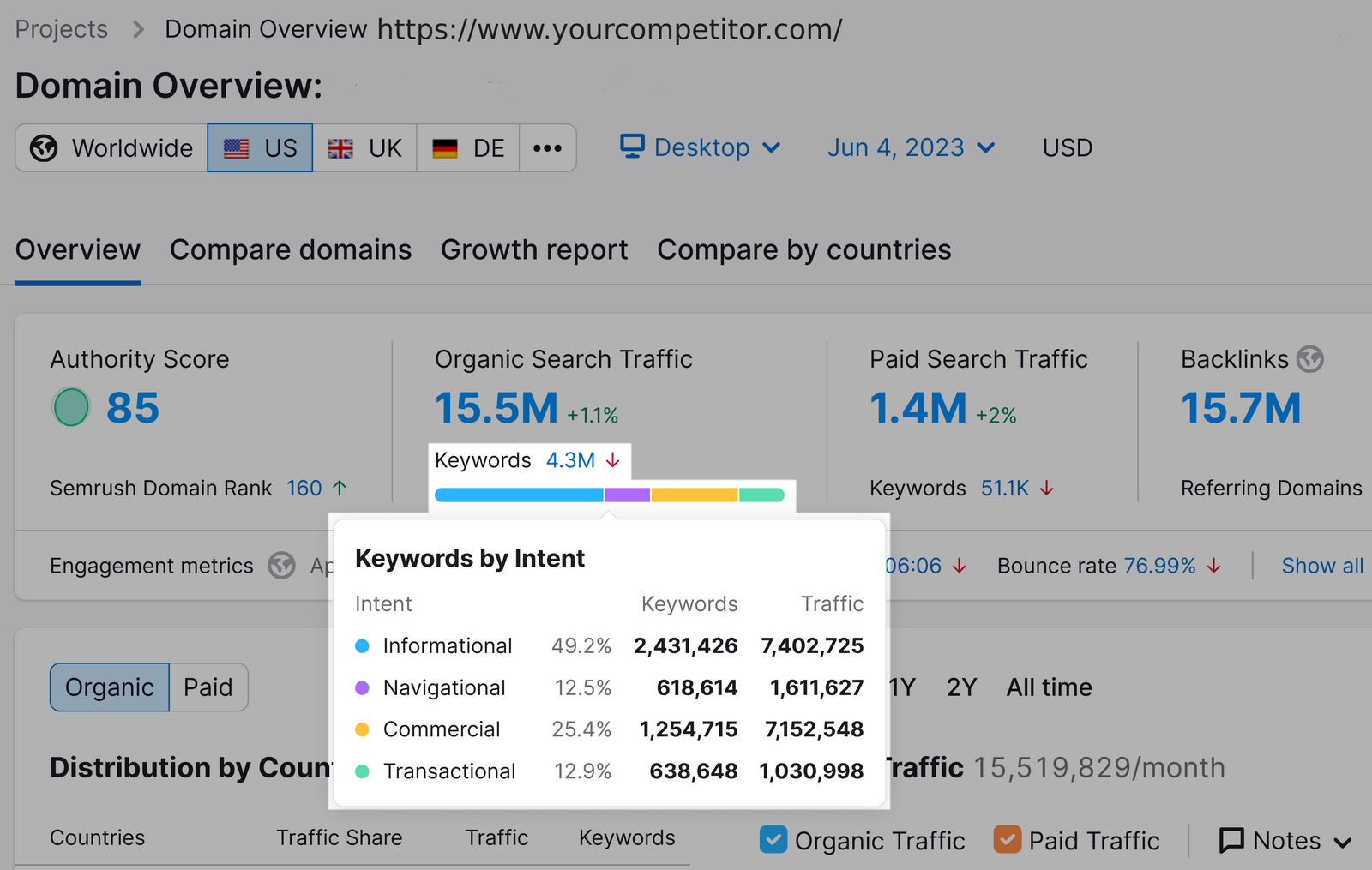
To see the individual keywords, click the blue number above the bar.
This takes you to the “Positions” report in Semrush’s Organic Research tool.
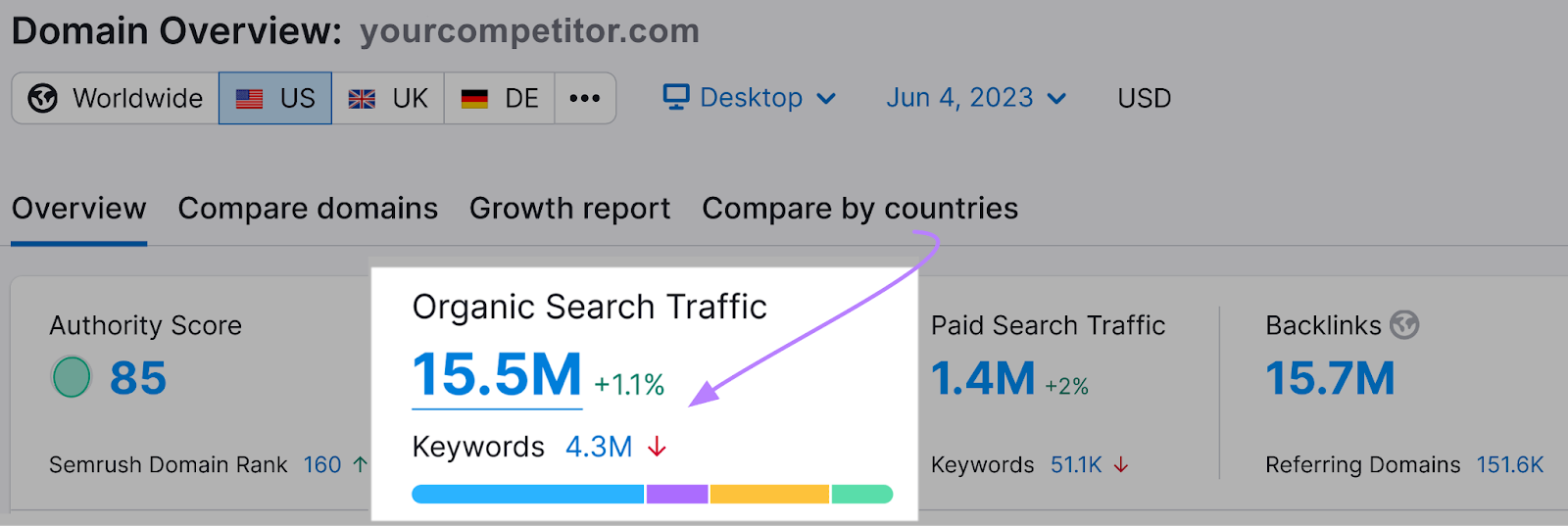
Here, you can see the type of search intent associated with each keyword. And other data, such as keyword volume (the average number of monthly searches in the country selected).
Use the drop-down “Intent” filter to focus on informational, navigational, commercial, and/or transactional keywords.
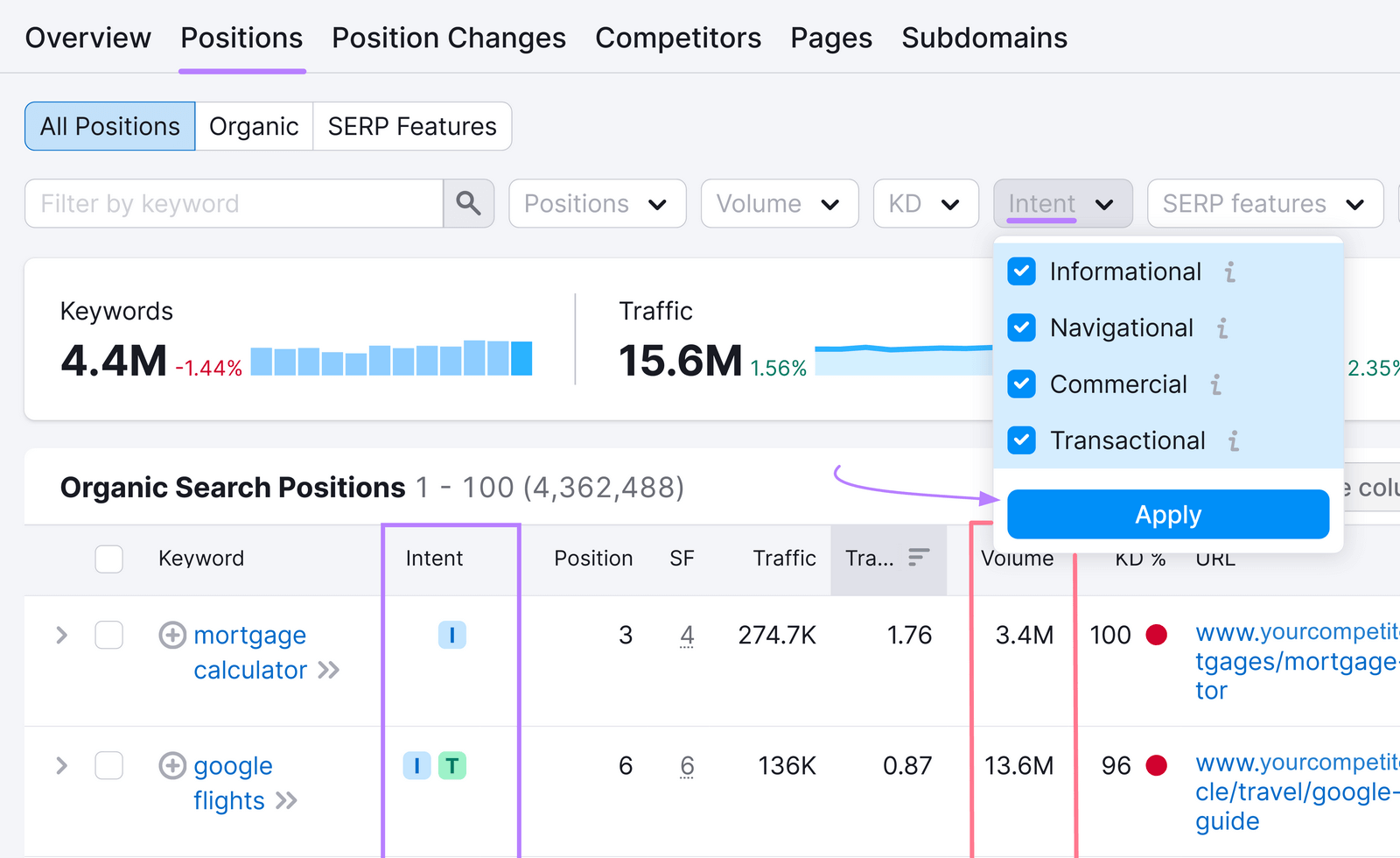
Next, inspect your competitor’s top pages in the “Pages” tab.
This shows you the types of keywords each URL ranks for. Starting with the pages that drive the most organic traffic (according to Semrush estimations).
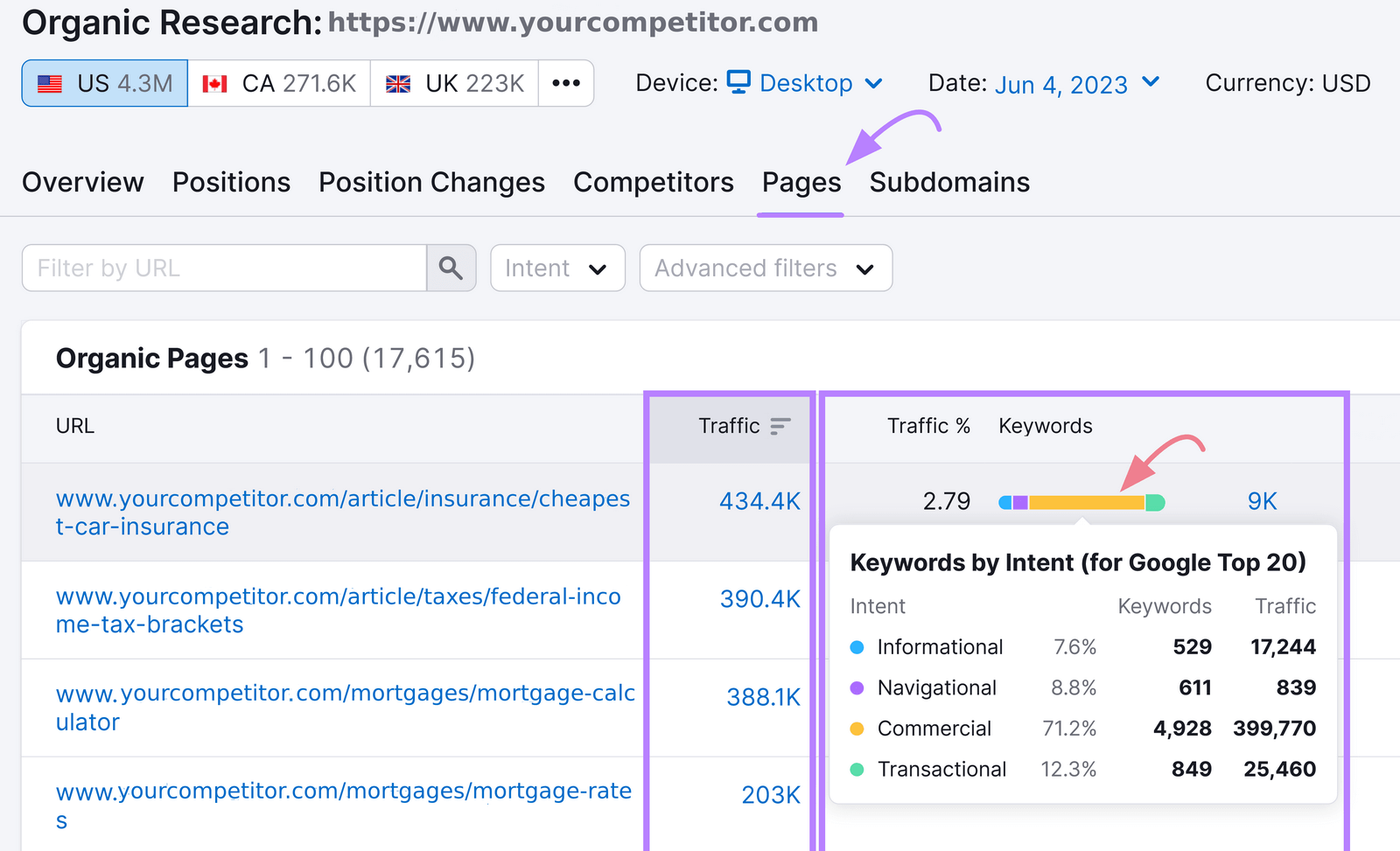
Which types of keywords (informational, navigational, commercial, and/or transactional) are bringing traffic to their most valuable pages?
Use this research as inspiration for your own content strategy.
3. Find Keywords by Intent
Semrush’s Keyword Magic Tool allows you to find keywords by intent. This helps you to identify new content and optimization opportunities.
To get started, enter a seed keyword related to your site.
Then choose your country in the drop-down and click “Search.”
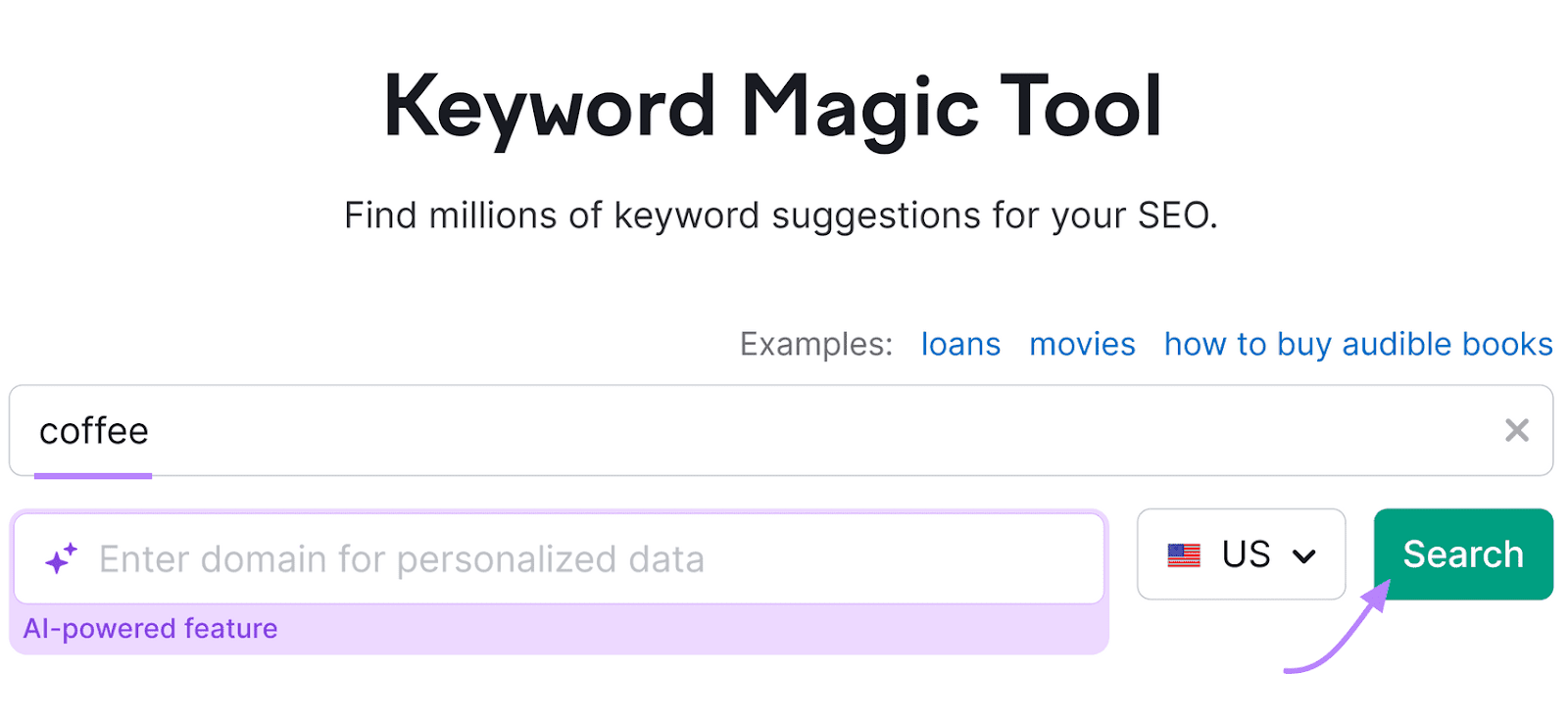
You’ll see keywords that include your seed keyword (or a close variation) along with various data.
Review the information in the “Intent” column to see whether each query is informational, navigational, commercial, or transactional. Or a combination.

Transactional and commercial keywords are going to have the highest purchase intent. So these generally make better targets for paid advertising. Or for pages where your visitors can directly buy or take action on your site.
To see only these keywords, use the drop-down to apply the relevant “Intent” keyword filter(s) to your table.
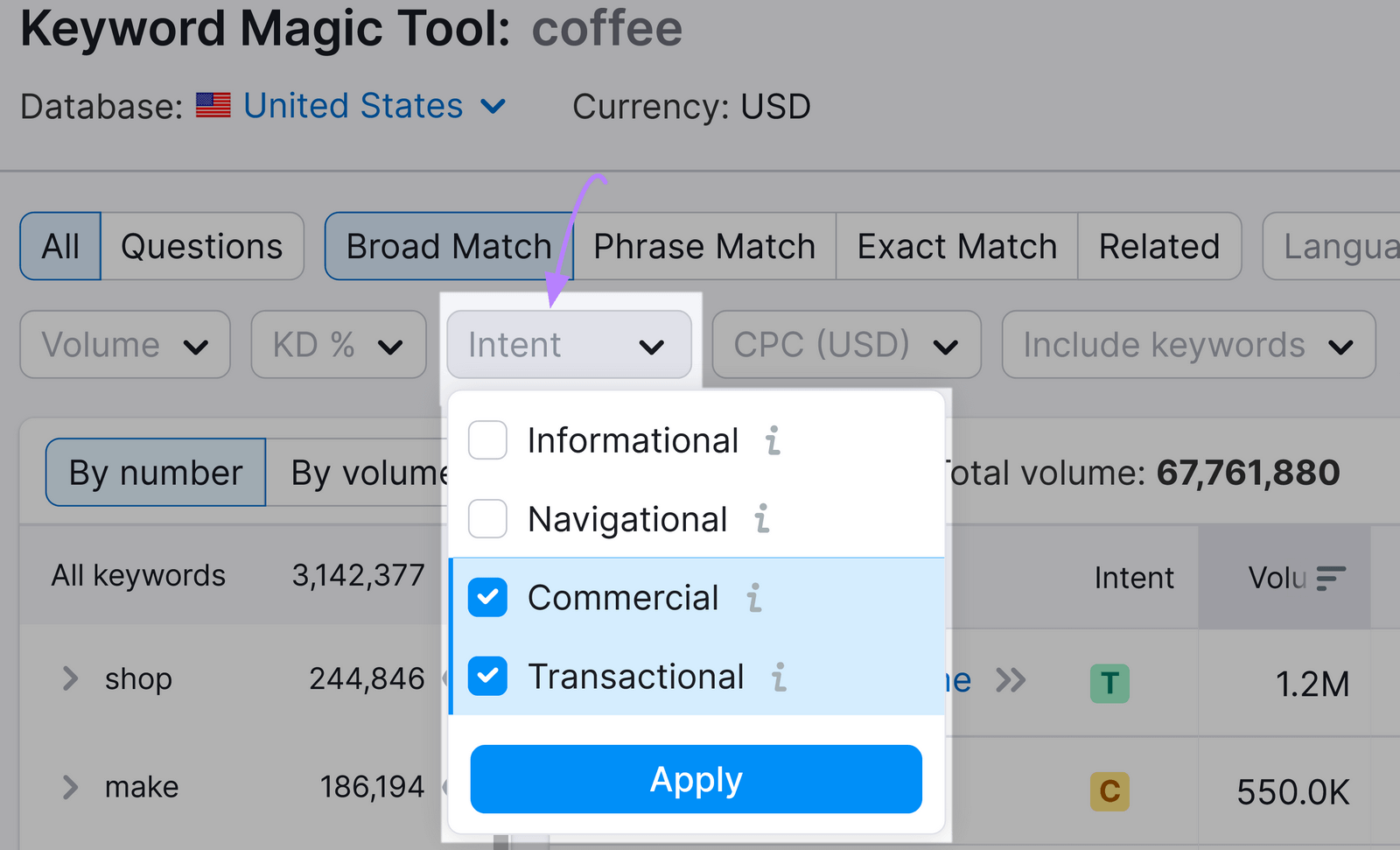
For more advice, check out our Keyword Research for SEO guide.
How to Optimize for Different Types of Keywords
The next step is to create website content that’s optimized for the different types of keywords.
Let’s look at how to create content for each keyword type.
Optimizing for Informational Keywords
To target informational keywords, create quality content on relevant topics. And make sure to demonstrate Experience, Expertise, Authoritativeness, and Trustworthiness (E-E-A-T).
For example, let’s say you’re trying to target the informational keyword “vegan diet.” You’ll need to create well-researched informational content about what a vegan diet is.
First, see what kind of content Google wants to return for this term. Take a look at the SERP by Googling your term. See which pages are ranking and if there are any SERP features.
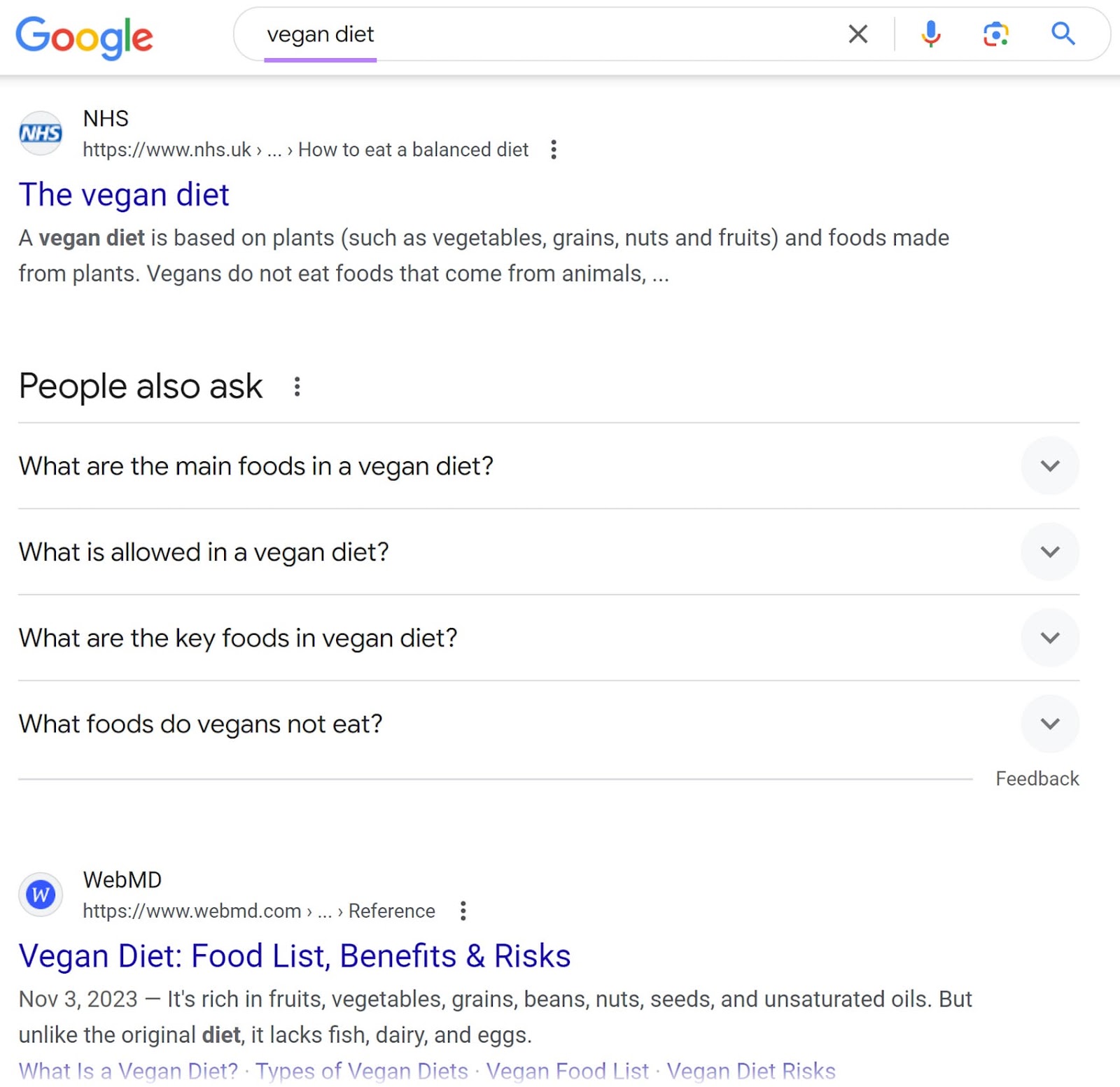
In the “vegan diet” example, the top results are detailed articles from trusted, renowned health and nutrition organizations.
There’s also a “People Also Ask” (PAA) SERP feature showing commonly searched questions on this topic.
To create high-ranking content that demonstrates E-E-A-T:
- Provide plenty of detail
- Answer commonly asked questions
- Use an expert author and cite their qualifications in an author bio
- Display badges for any industry accreditations you have
- Include data and stats from reputable sources, with links
- Provide answers to PAA questions
In the “vegan diet” example, you might find a qualified nutritionist to write or assist with the content. And cite them as an author, along with their credentials.
You’d make sure the content covers all aspects of what a vegan diet is. Answering commonly asked questions like “what are the main foods in a vegan diet?” And “Is a vegan diet actually healthy?”
Optimizing for Navigational Keywords
Optimizing for navigational search is about making sure your site is easily identifiable and navigable.
You should:
- Display your brand name prominently on your website
- Include your brand name in the H1 tag of your homepage
- Include your brand name on other business-critical pages
- Make sure your menus are easy to navigate
- Ensure your sitemap is up to date
- Create a Google Business Profile to help verify your business
These steps will help your website show up at the top of organic search results.
For example, when you Google “Semrush,” you’ll see that the Semrush website is the first organic search result. The well-organized menu structure also means there are sitelinks in the SERP.
As well as a Google Business Profile, which further aids navigation. And adds legitimacy.
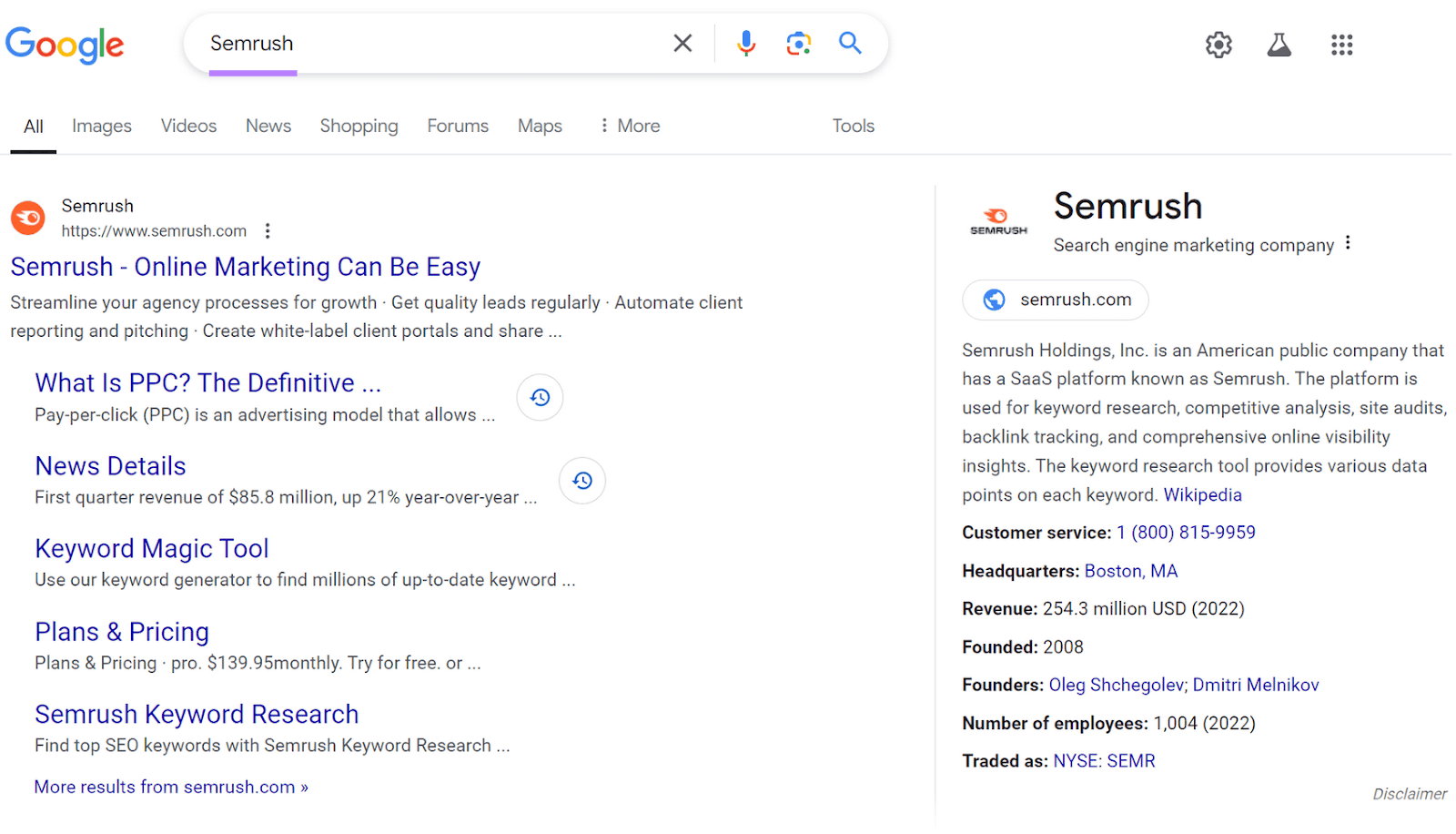
Optimizing for Commercial Keywords
To optimize for commercial keywords, create product or service pages with detailed information and high-quality images. And write the content to address searchers’ needs.
For example, one of the top-ranking sites for the commercial keyword “running shoes” is Adidas.
Notice that on their high-ranking “women’s running shoes” page, they include helpful content alongside their range of running shoes available for purchase.
This provides information to help shoppers that helps them make a decision. And answers some frequently asked questions:
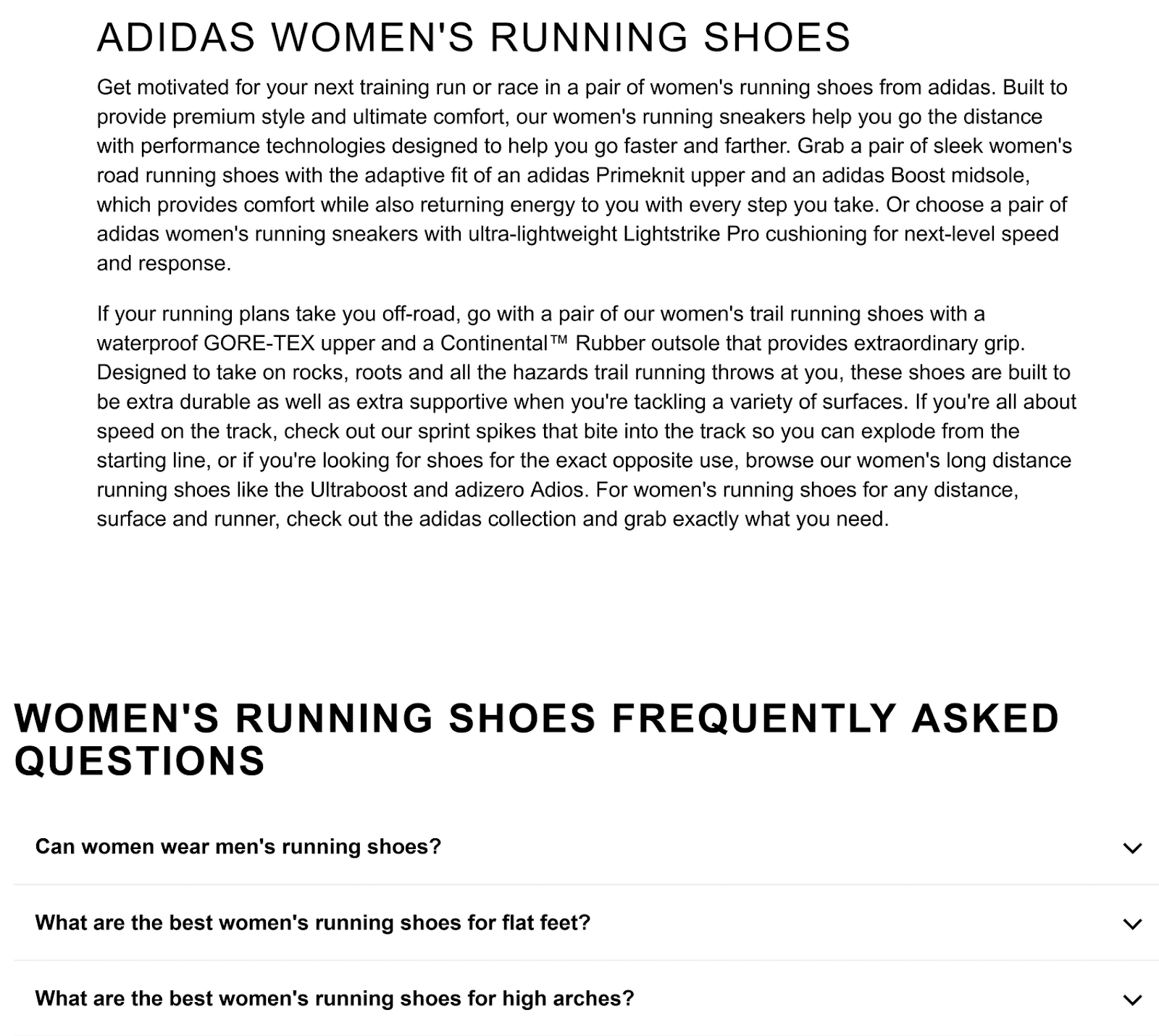
This helps customers feel more confident about making a purchase decision. And signals to search engines that this is a reputable and helpful website.
Optimizing for Transactional Keywords
When people search for transactional keywords, they’re ready to make a purchase. To optimize for these keywords, make it quick and easy for them to buy.
The page you’re using to target the keyword should give the option to purchase high up on the page.
For example, BitPay is a top-ranking domain for the keyword “buy crypto online.” Their high-ranking page is simple and features a form to start buying crypto on the first screen you see.

You should also include the target keyword in your title tag, H1 tag, and if possible, the page URL.
And help the customer feel safe to make a transaction. For example with reviews, professional certifications, and secure payment badges.
How to Track Keyword Rankings with Semrush
To see how well your pages are ranking and track your progress, use Semrush’s Position Tracking tool.
Here’s how.
Open the tool. Enter your domain and click “Set up tracking.”
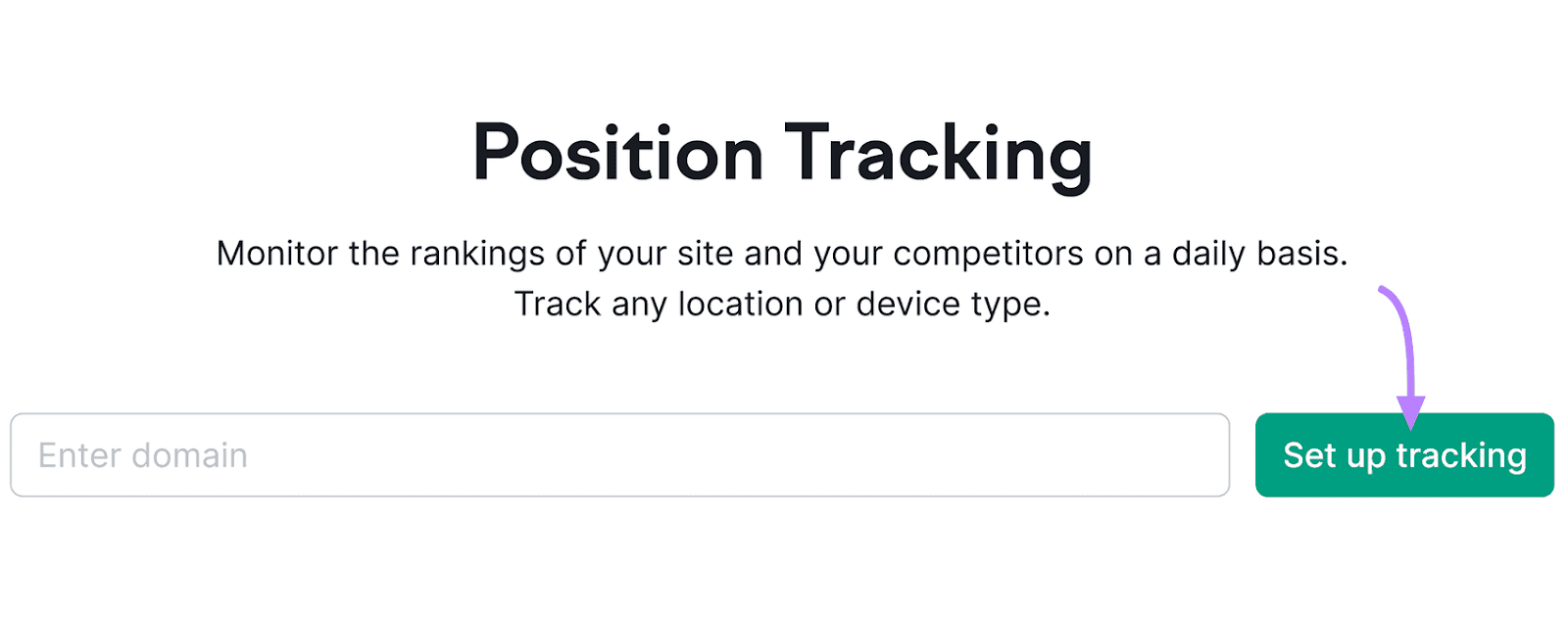
Or, if you’ve created projects before, click “+ Create project” in the upper right to make a new one.

Then, enter the domain of the website you want to track. Click “Create project.”
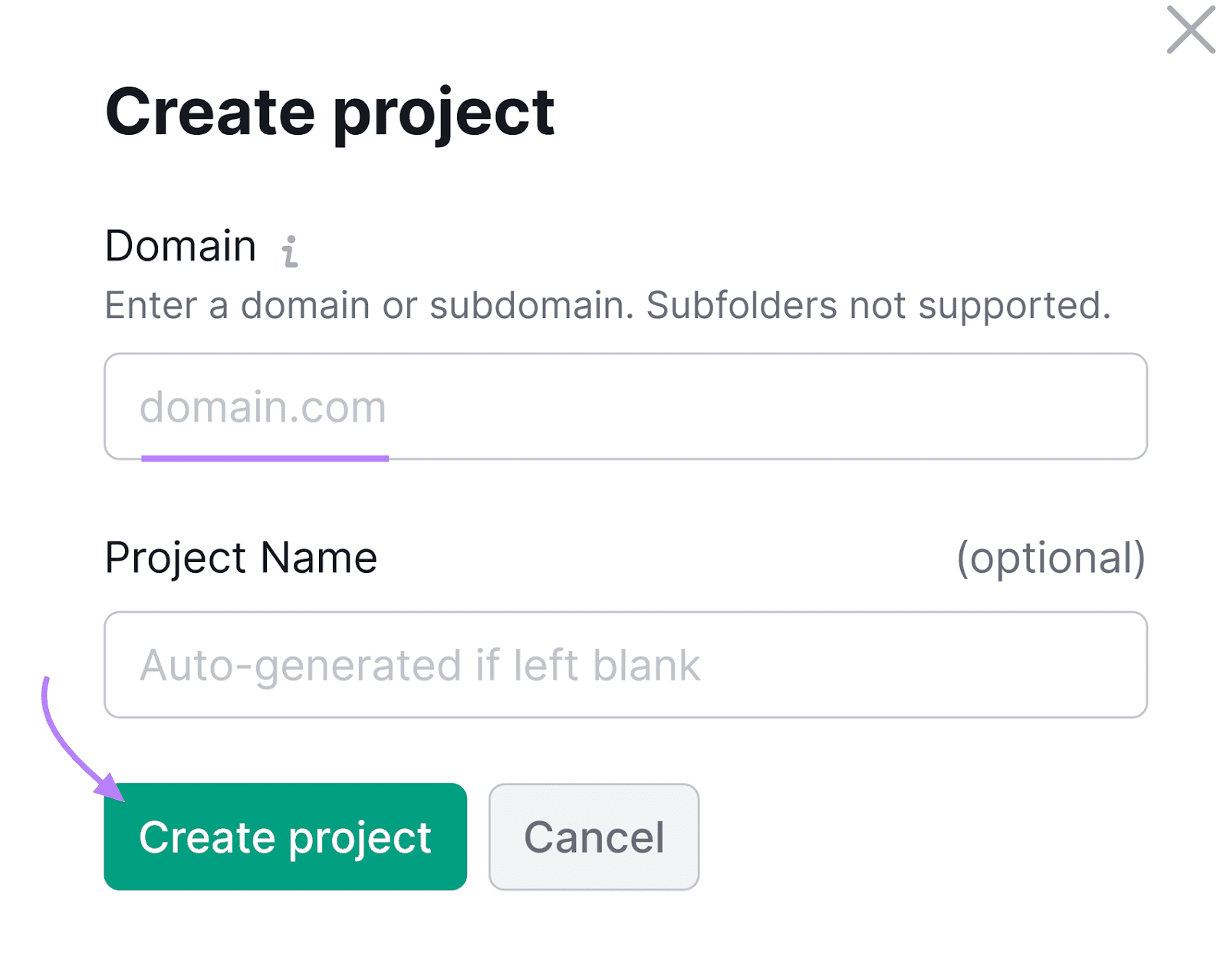
Once your project is created, select the search engine, searching device, and search location. If you want to see whether your business name is showing up in a local map pack, add your business name.
Then click “Continue To Keywords.”
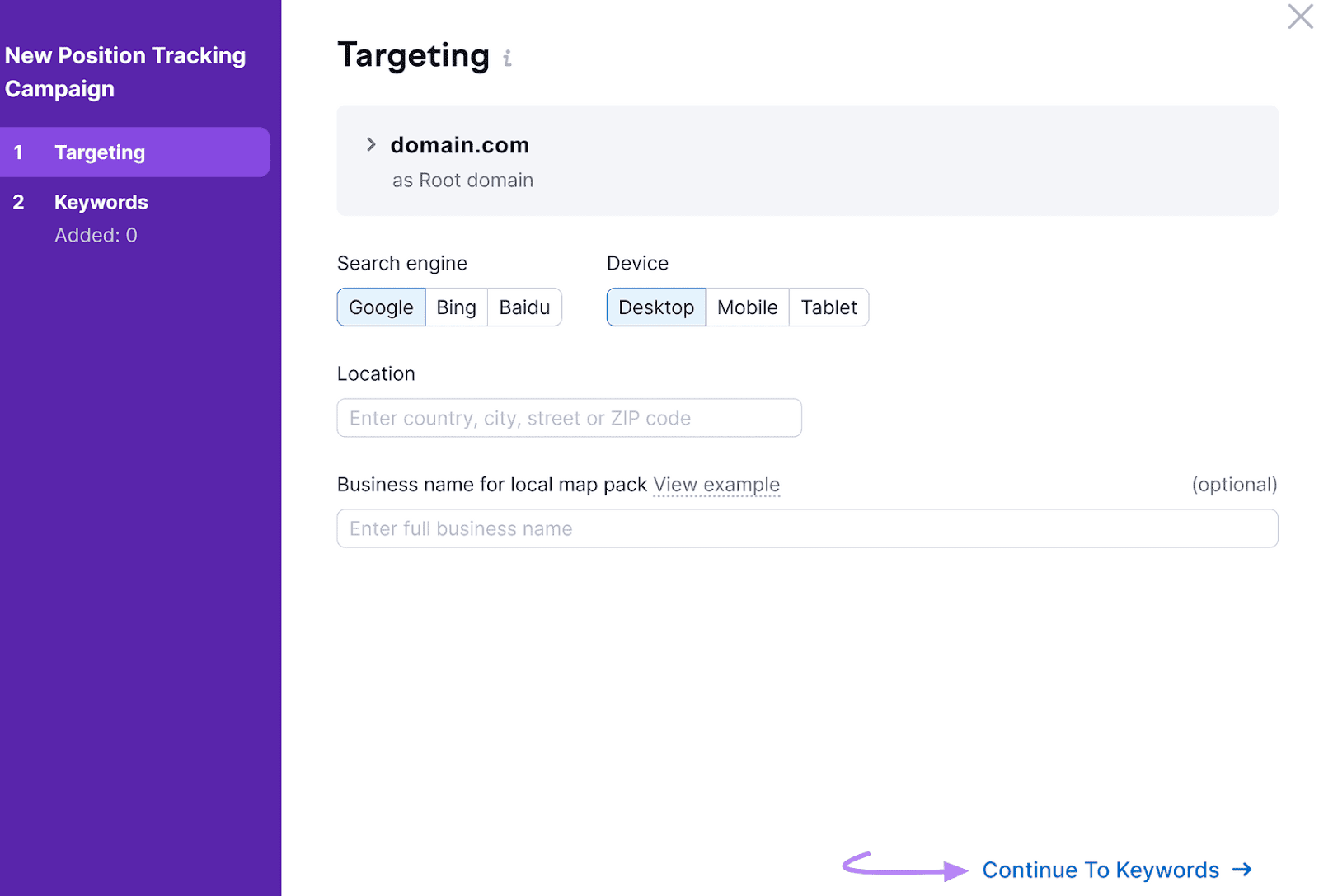
Now, type in the keywords you want to track. Either one per line or separated by commas.
Then click “Start Tracking.”
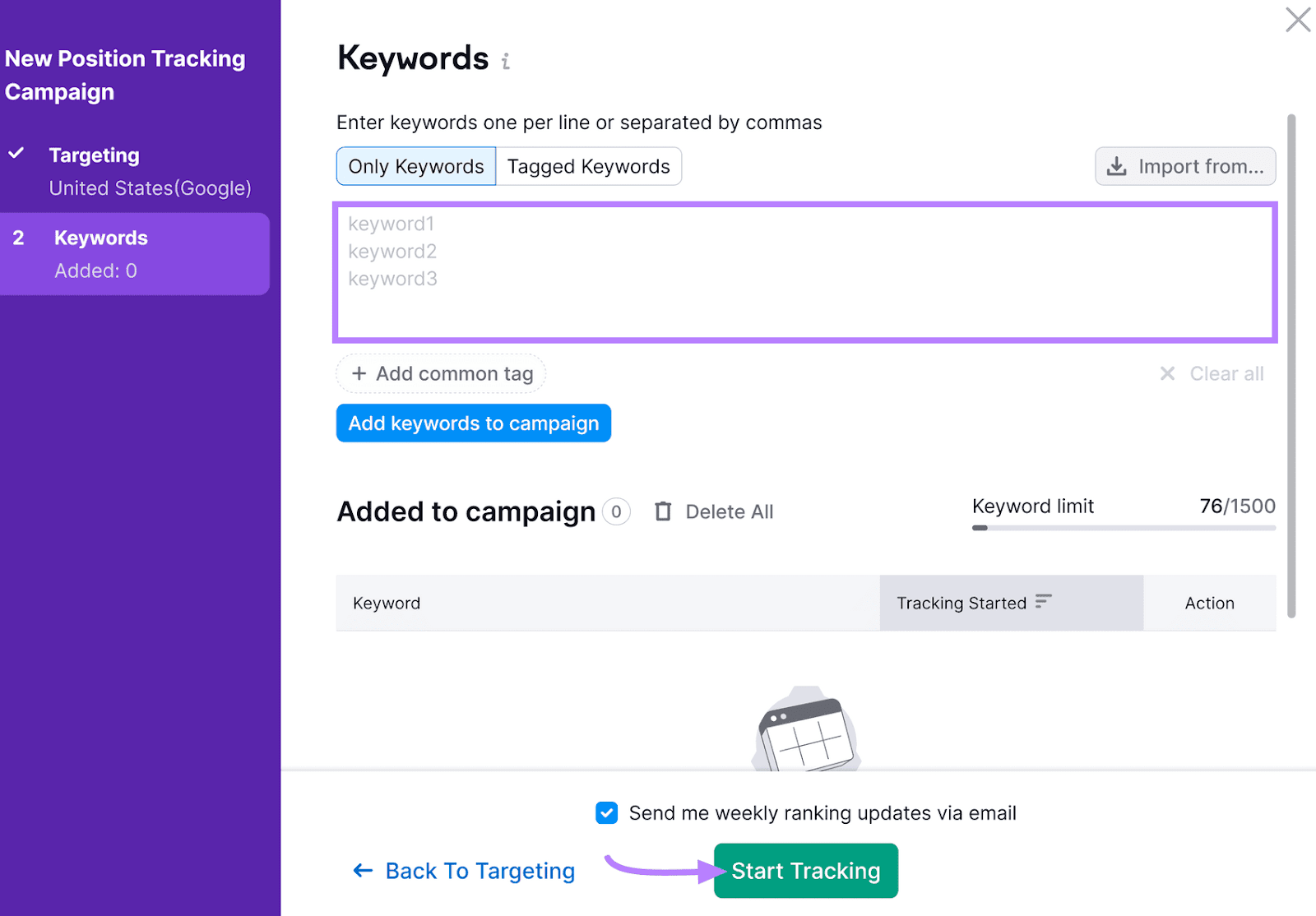
You’ll then be taken to the Position Tracking landscape report.
To track how individual keywords are ranking, click the “Overview” tab.
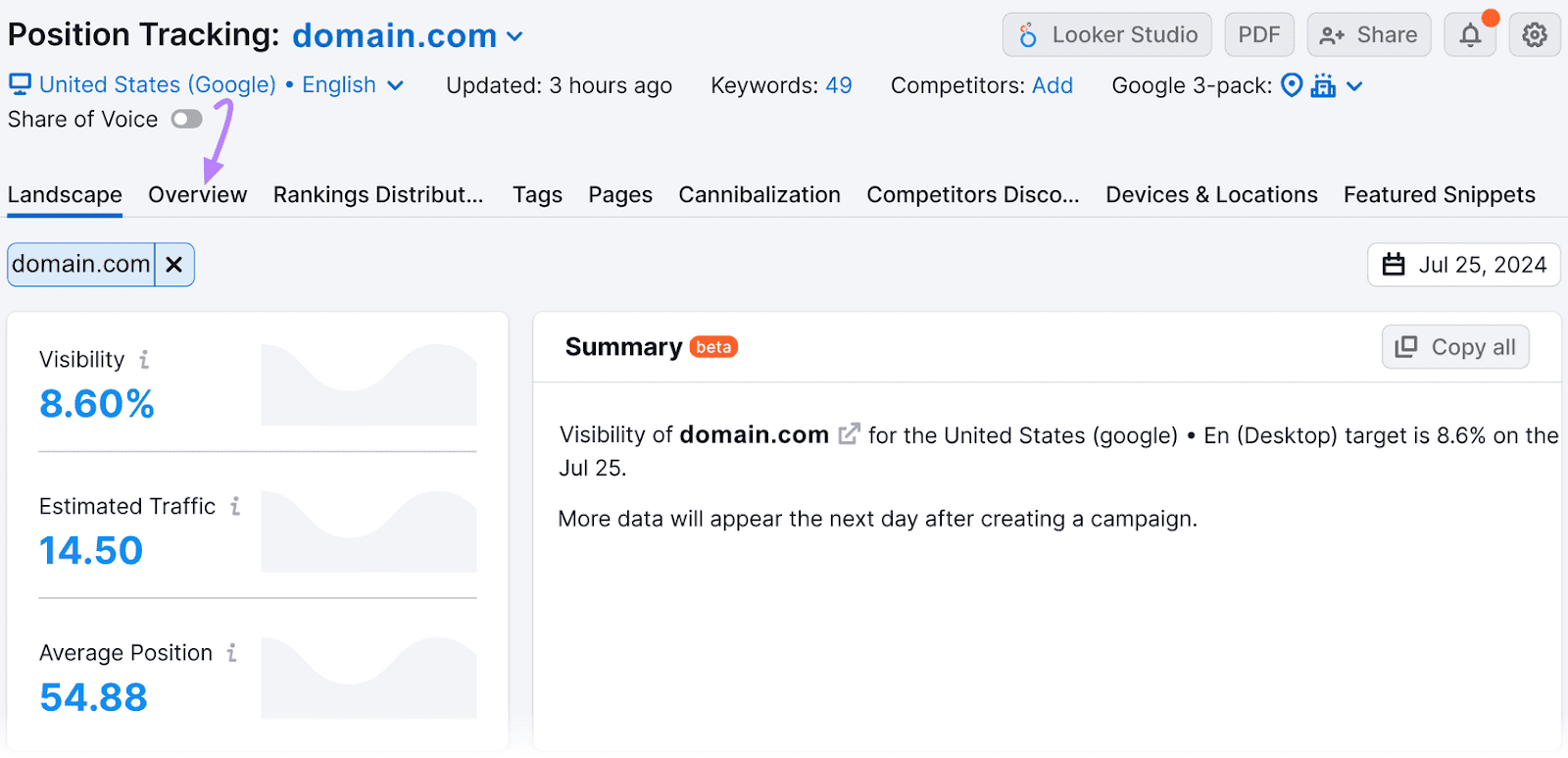
Scroll down to see the “Rankings Overview.”
Here are three key metrics to look out for:
1. Intent
In this report, the far-left column shows the search intent. It can be useful to see if there’s a particular type of keyword you’re ranking well for. And if there are any types you should better optimize for.
2. Current Position
The fifth column from the left shows your current ranking for each keyword on the day you’re viewing the report.
3. Last Week’s Position
The fourth column from the left shows your ranking for each keyword from seven days ago. So you can see your progress in the last week.
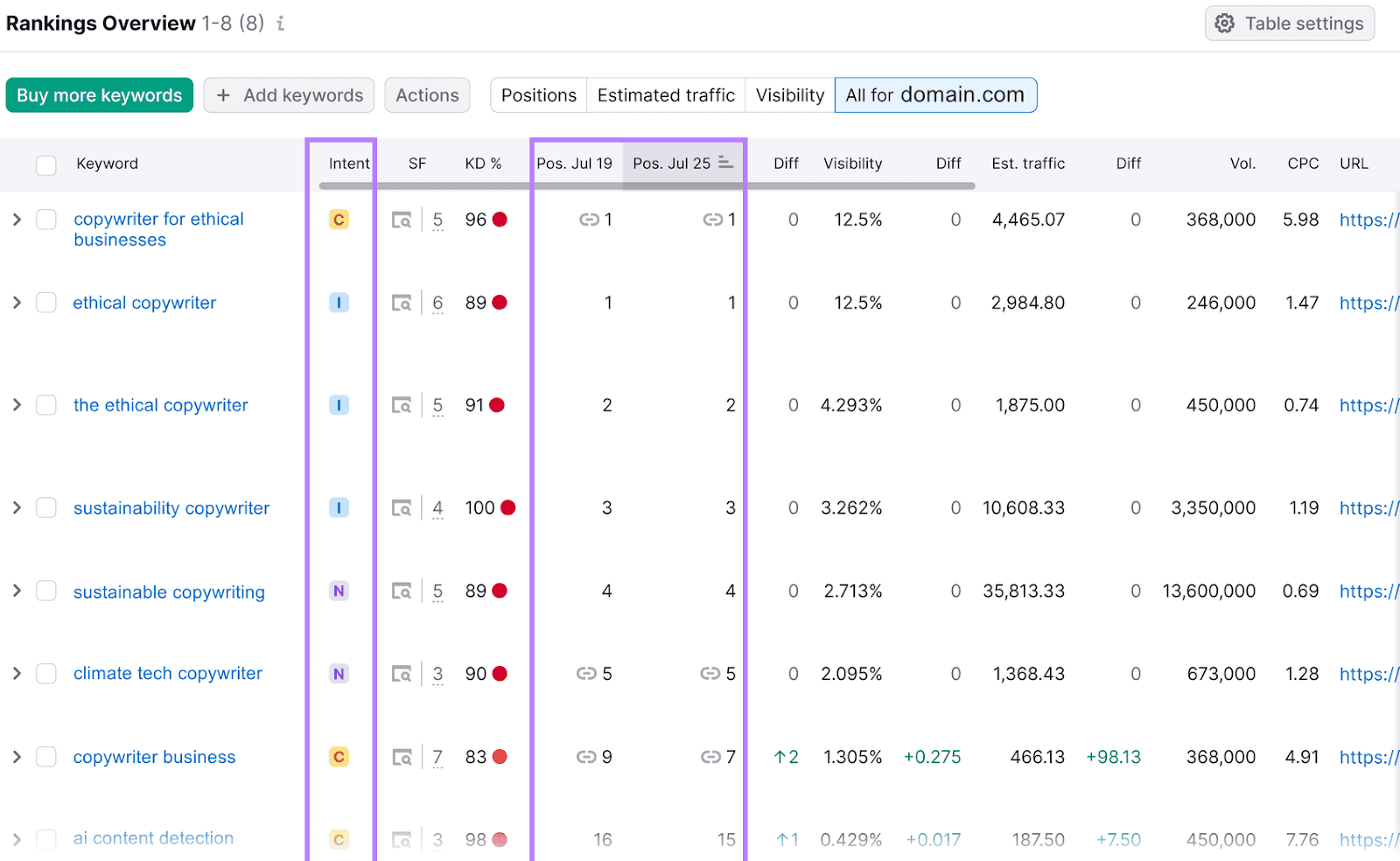
To see how a ranking has progressed over a longer period, click the arrow to the left of the keyword.
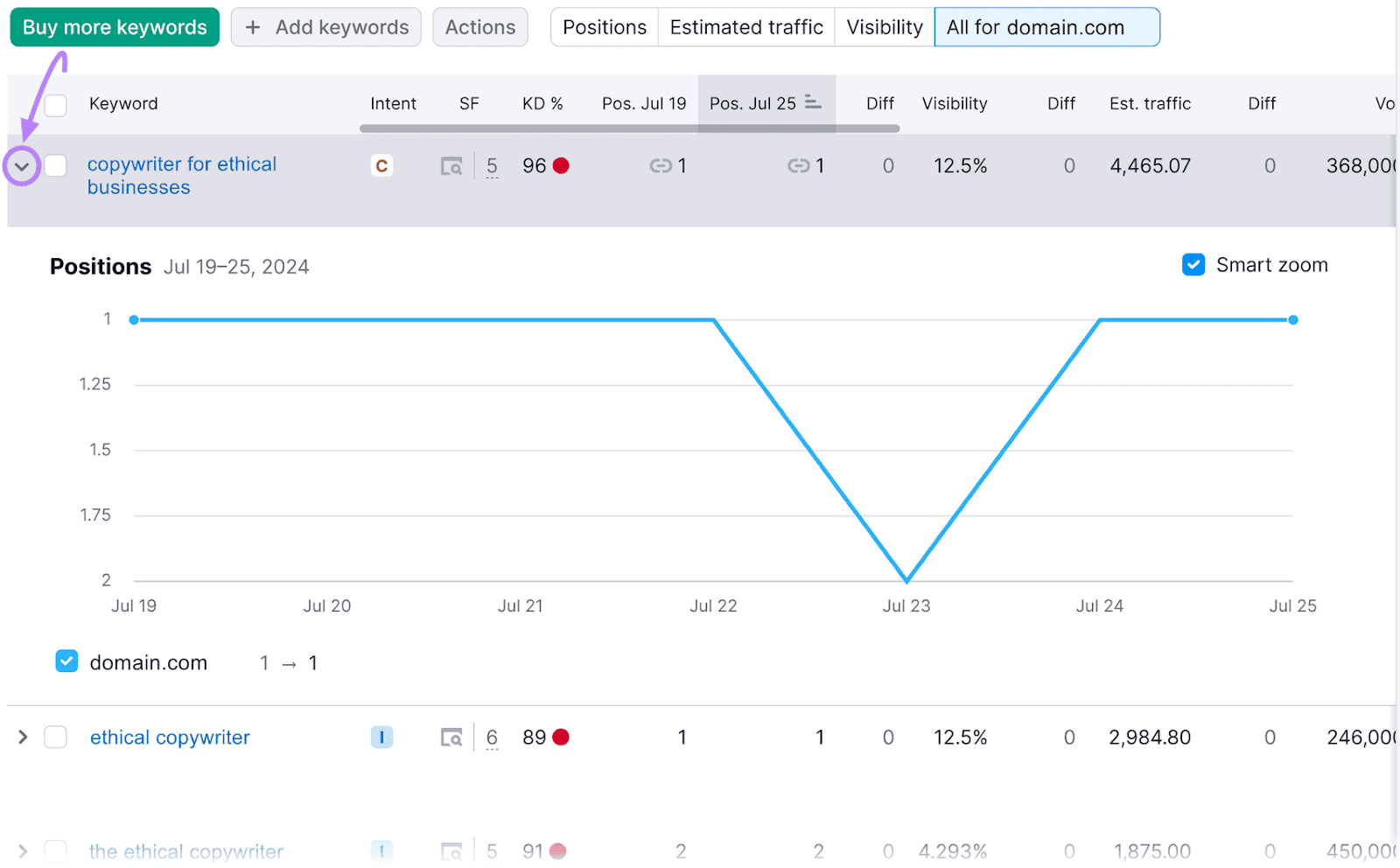
Then, click the date range box in the top-right corner. Select a date range option or set a custom range. Then click “Apply.”
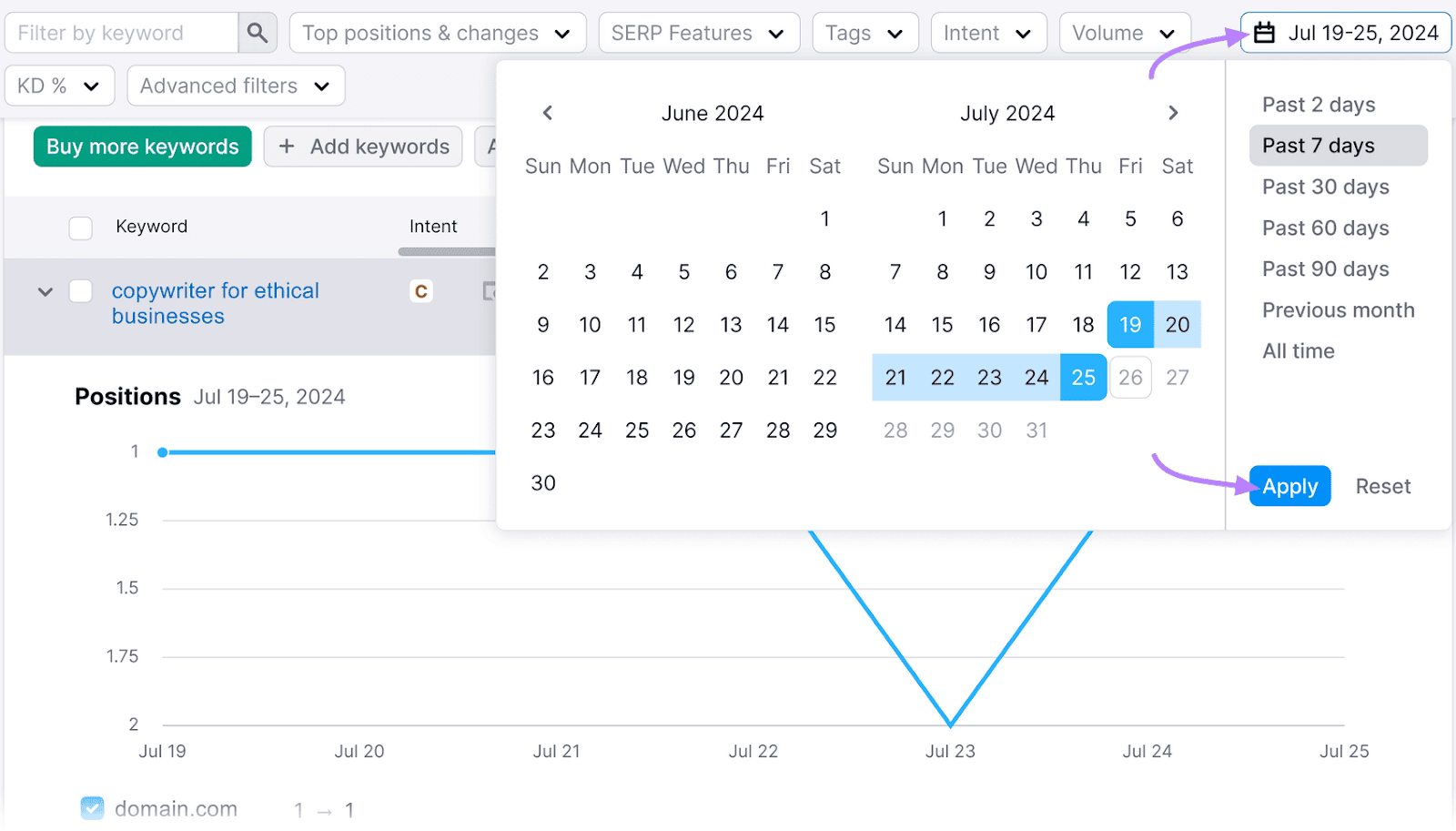
This lets you see the progress over time. And which of your optimizations for different keyword types are most effective.
Use this information to keep optimizing your page. And boost your rankings for all types of keywords.

